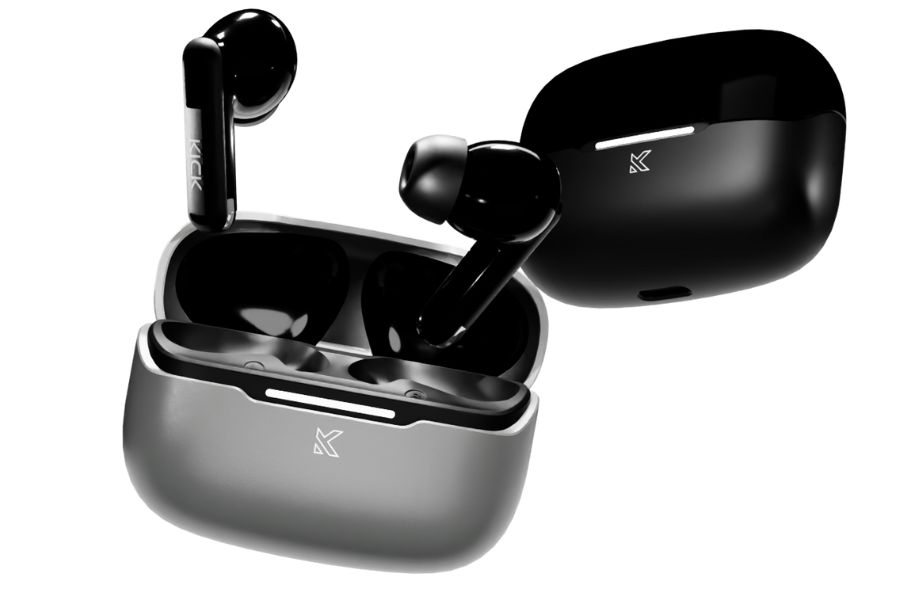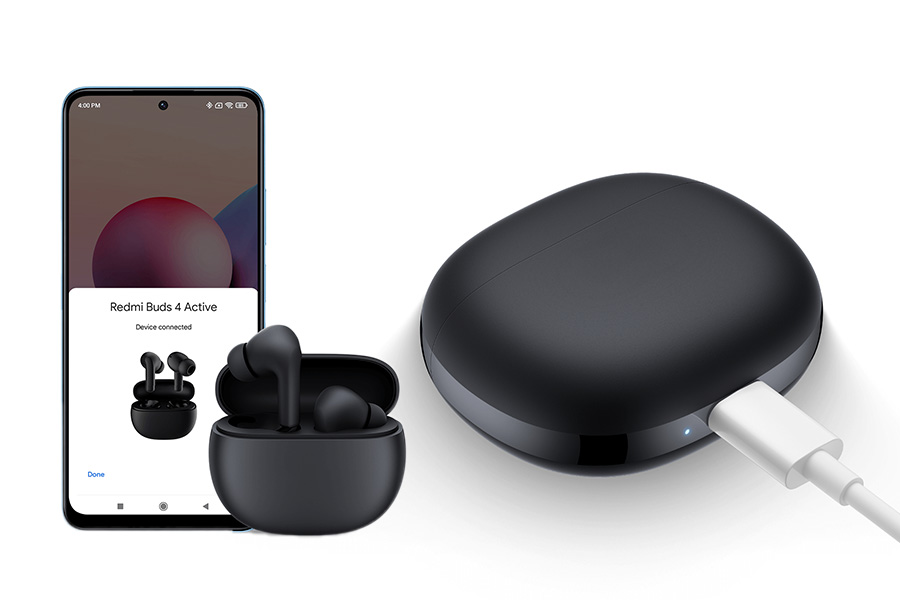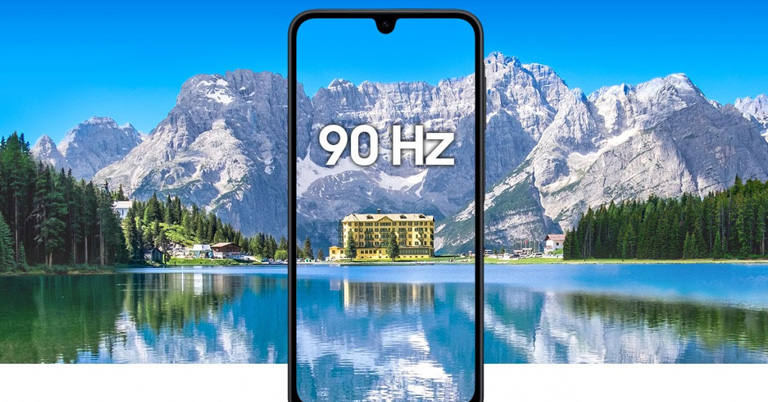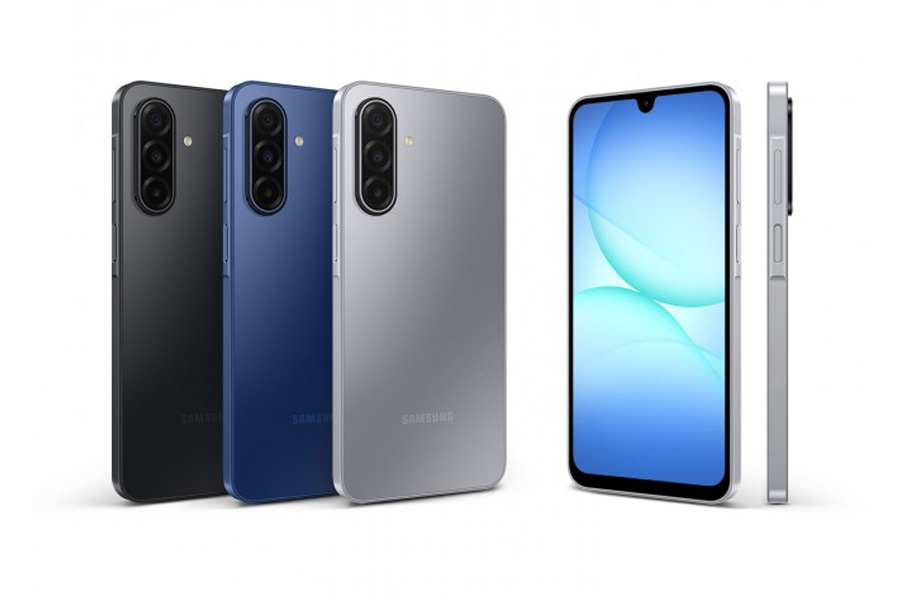Which are the best phones in 2025? And what factors should you consider before making a purchase? Here in this article, you’ll find all the useful info and our best phone picks for 2025. Before heading to our top picks and buying guides, let’s have a glance at the history, trends, and types of smartphones in general.
Best Phones in 2025 [Our Top Picks]
Best Phone in Nepal under 15,000
1. Infinix Hot 60i
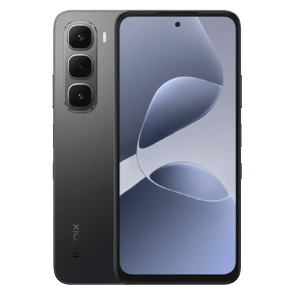
The Infinix Hot 60i is a new contender in Nepal’s budget smartphone space, and it brings quite a few appealing features for its price. It sports a large 6.7-inch IPS LCD display with a 120Hz refresh rate — something rarely seen in this segment — and while it’s only HD+ in resolution, the colors and brightness levels (up to 700 nits) hold up well for daily use.
The phone is slim, lightweight, and comes with a glossy design and IP64 rating, giving it a modern, durable touch. You also get a side-mounted fingerprint scanner, a 3.5mm jack, and a USB-C port — all the essentials, basically.
Under the hood, the Hot 60i runs on a MediaTek Helio G81 chipset that handles regular tasks smoothly and supports casual gaming.
You can choose between multiple RAM and storage variants (up to 8GB RAM and 256GB storage), and all models support extended RAM and microSD expansion. The 5160mAh battery delivers reliable all-day usage, and the 45W fast charging — plus 10W reverse charging — is a major bonus in this range. It also ships with Android 15 via Infinix’s XOS skin, making the software experience feel fairly up to date.
Infinix Hot 60i Specifications:
- Display: 6.7-inch IPS LCD screen, HD+, 90Hz refresh rate
- Chipset: MediaTek Helio G81 Ultimate (12nm mobile platform)
- Memory: 4/6/8GB LPDDR4X RAM, 128/256GB eMMC 5.1 storage (expandable)
- Software & UI: XOS 15.1 on top of Android 15
- Rear Camera: Dual (50MP primary, Auxiliary lens)
- Front Camera: 8MP sensor (hole-punch)
- Security: Fingerprint sensor (side-mounted)
- Connectivity: Dual-SIM (Nano), WiFi 5 (Dual-band), Bluetooth 5.3, GPS, USB-C, 4G LTE
- Battery: 5160mAh with 45W charging (45W adapter inside the box)
- Price in Nepal: NPR 14,999 (4/128GB)
Buy Infinix Hot 60i here
Best Phone in Nepal under 20,000
The 20,000 category is basically for those guys who are looking for a mid-range smartphone experience with a moderate level of power, light gaming, and multimedia consumption. So you get just the average amount of performance and a fairly decent camera in this range. And here are our current best picks for phones under 20,000 in Nepal.
1. Moto G35
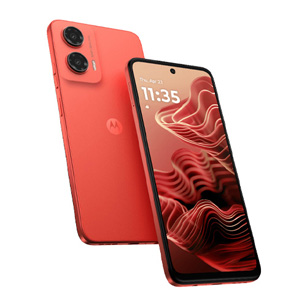
Motorola is making a quiet comeback in Nepal, and the Moto G35 5G is one of the clearest signs of that. Priced at just NPR 19,000, it undercuts most competitors while still offering a surprisingly premium experience.
With a vegan leather finish, stereo speakers, and a crisp 120Hz Full HD display, the G35 doesn’t feel like a typical budget phone. Motorola has also packed in extras like a 3.5mm headphone jack, IR blaster, and clean Android 14 software — all of which add to the overall appeal.
Performance-wise, things are decent but not flawless. The UNISOC T760 chipset handles daily use and casual apps without much fuss, and the 5000mAh battery offers solid endurance. But with only 4GB of RAM, multitasking is limited, and gaming performance is clearly not its strong suit — titles like PUBG and Free Fire struggle even at low settings.
The camera setup is average too: the 50MP main sensor performs well in good light, but the ultra-wide lens falls short, especially in darker conditions. Still, the fact that it can shoot 4K videos at this price is impressive.
So, is the Moto G35 the best phone under 20k in Nepal? Yes, absolutely, if you’re after a reliable, stylish, and affordable 5G phone for everyday use — something for yourself or even your parents — this is a smart choice. It’s not obviously built for gamers, but for its price, it covers most bases well.
Moto G35 Specifications:
- Display: 6.72-inch LTPS LCD screen, FHD+, 120Hz refresh rate
- Chipset: Unisoc T760 (6nm mobile platform)
- Memory: 4/8GB LPDDR4X RAM, 128/256GB UFS 2.2 storage (expandable)
- Software & UI: My UX on top of Android 14
- Rear Camera: Dual (50MP primary, 8MP ultrawide)
- Front Camera: 16MP sensor (hole-punch)
- Security: Fingerprint sensor (side-mounted)
- Connectivity: Dual-SIM (Nano), WiFi 5 (Dual-band), Bluetooth 5.0, GPS / A-GPS / Glonass / Galileo / QZSS, USB-C, 4G LTE
- Battery: 5000mAh with 18W charging (18W adapter inside the box)
- Price in Nepal: NPR 18,999 (4/128GB)
- Read our Moto G35 review
- Check the full specifications of Moto G35 5G here
Buy Moto G35 5G here
Best Phones Under 25,000 in Nepal
1. Redmi Note 14 4G
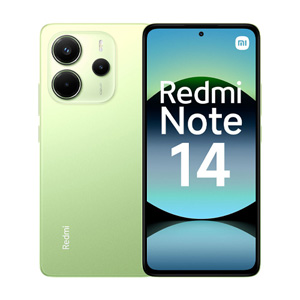
The Redmi Note 14 4G is an excellent budget smartphone option in Nepal, offering impressive value at NPR 24,999. This device features a vibrant 6.67-inch AMOLED display with FHD+ resolution and a smooth 120Hz refresh rate, making it perfect for media consumption and casual gaming. The display gets bright at 1800 nits peak brightness and is protected by Gorilla Glass 5.
Powered by the MediaTek Helio G99 Ultra chipset built on a 6nm process, the phone delivers solid performance for everyday tasks. It comes with either 6GB or 8GB of LPDDR4X RAM paired with 128GB or 256GB of UFS 2.2 storage, providing smooth multitasking and fast app loading times.
The camera setup includes a 108MP main sensor accompanied by a 2MP depth sensor and 2MP macro lens, capable of capturing detailed photos in good lighting conditions. The 20MP front camera handles selfies and video calls well. For security, it features an in-display optical fingerprint sensor and face unlock.
The 5,500mAh battery easily lasts a full day of usage and supports 33W fast charging. Additional features include stereo speakers with Dolby Atmos, a 3.5mm headphone jack, and comprehensive connectivity options including Wi-Fi 5, Bluetooth 5.3, and GPS.
Redmi Note 14 4G Specifications:
- Display: 6.67-inch AMOLED screen, FHD+, 120Hz refresh rate
- Chipset: MediaTek Helio G99-Ultra (6nm mobile platform)
- Memory: 6/8GB LPDDR4X RAM, 128/256GB UFS 2.2 storage (expandable)
- Software & UI: HyperOS 1.0 on top of Android 14
- Rear Camera: Triple (108MP primary, 2MP depth, 2MP macro)
- Front Camera: 20MP sensor (hole-punch)
- Security: Fingerprint sensor (optical in-display)
- Connectivity: Dual-SIM (Nano), WiFi 5 (Dual-band), Bluetooth 5.3, GPS / A-GPS / Glonass / Galileo / BDS, USB-C, 4G LTE
- Battery: 5500mAh with 33W charging (33W adapter inside the box)
- Price in Nepal: NPR 24,999 (6/128GB)
- Read our Redmi Note 14 4G/5G review
- Check the full specifications of Redmi Note 14 4G here
Buy Redmi Note 14 4G here
Best Phones Under 30,000 in Nepal
1. Galaxy A16 5G
The Samsung Galaxy A16 5G is undoubtedly one of the best budget phones under 30,000 Rupees, offering a solid balance of design, performance, and features. The display is impressive, with a 6.7″ SUPER AMOLED screen and vibrant color reproduction.
The camera setup is another highlight, delivering excellent photos with good color accuracy and dynamic range, making it one of the best budget camera phones currently available. With a long-lasting 5000mAh battery and 6 years of software updates, this phone promises great longevity and value for money.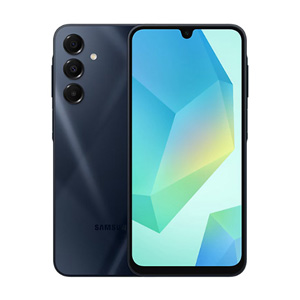
However, while the A16 5G excels in many areas, it does have its drawbacks, particularly in gaming performance, as the MediaTek Dimensity 6300 chipset struggles to handle more demanding games smoothly.
The lack of stereo speakers and no 4K video recording may also be a disappointment for some users. Nonetheless, considering its overall package—design, camera quality, display, and long-term software support—the A16 5G is a solid choice for anyone looking for a reliable, affordable phone under 30,000 Rupees.
Samsung Galaxy A16 5G Specifications:
- Display: 6.7-inch Super AMOLED screen, FHD+, 90Hz refresh rate
- Chipset: MediaTek Dimensity 6300 (6nm mobile platform)
- Memory: 6/8GB RAM, 128/256GB storage (expandable)
- Software & UI: One UI 6.1 on top of Android 14
- Rear Camera: Triple (50MP primary, 5MP ultrawide, 2MP macro)
- Front Camera: 13MP sensor (teardrop notch)
- Security: Fingerprint sensor (side-mounted)
- Connectivity: Dual-SIM (Nano), WiFi 5 (Dual-band), Bluetooth 5.3, GPS / A-GPS / Glonass / Galileo / QZSS, USB-C, 4G LTE, 5G
- Battery: 5000mAh with 25W charging (free 25W adapter)
- Price in Nepal: NPR 28,999 (6/128GB)
- Read our Samsung Galaxy A16 5G review
- Check the full specifications of Samsung Galaxy A16 5G here
Buy Galaxy A16 here!
Best Phones Under 40,000 in Nepal
1. CMF Phone 2 Pro
Finally, the CMF Phone 2 Pro is our top pick on this list of best phones under NPR 40000 in Nepal. It offers a significant upgrade over its predecessor, especially in terms of design and display. While it still comes with a plastic back, the phone feels more premium and modern thanks to improved build quality, slimmer bezels, and IP54 splash resistance. The modular design remains, but it has been refined to avoid frequent damage, making accessory swaps easier and less risky.
Up front, the 6.77-inch AMOLED display impresses with its sharpness, brightness, and 120Hz refresh rate. It also supports HDR content on YouTube and local playback, although Netflix HDR is missing. However, the lack of stereo speakers is a letdown, especially for media consumption.
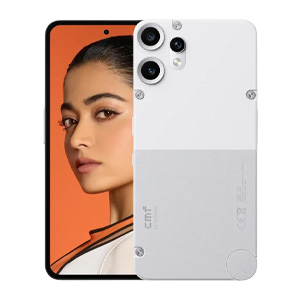
In terms of performance, the Phone 2 Pro runs on the MediaTek Dimensity 7300 Pro chip paired with 8GB RAM and UFS 2.2 storage. While it’s not a major leap over the previous generation, it delivers smooth day-to-day performance and handles games like PUBG and Mobile Legends at 90 fps, with even Genshin Impact playable at decent frame rates.
That said, the phone tends to heat up under prolonged gaming. On the software front, the device comes with Android 15 and Nothing OS 3.2, which is clean, bloat-free, and offers three years of OS and six years of security updates — impressive for its price range.
The camera setup is where the CMF Phone 2 Pro truly shines. It’s the only phone in its segment in Nepal to feature a dedicated 2x telephoto lens alongside a 50MP primary and an 8MP ultrawide camera. The main sensor captures detailed shots with good dynamic range, and the portraits — even at multiple zoom levels — look natural with solid subject separation and accurate skin tones. The selfie camera is decent, too, though it tends to add a pinkish tone. Night photography could use some work, particularly with handling bright lights and the underwhelming ultrawide sensor in low light.
CMF Phone 2 Pro Specifications:
- Display: 6.77-inch AMOLED screen, FHD+, 120Hz refresh rate
- Chipset: MediaTek Dimensity 7300 Pro (4nm mobile platform)
- Memory: 8GB RAM, 128/256GB storage (expandable)
- Software & UI: Nothing OS 3.2 on top of Android 15
- Rear Camera: Triple (50MP primary, 50MP 2x telephoto, 8MP ultrawide)
- Front Camera: 16MP sensor (hole-punch)
- Security: Fingerprint sensor (optical in-display)
- Connectivity: Dual-SIM (Nano), WiFi 6 (Dual-band), Bluetooth 5.4, GPS / Glonass / Galileo / BDS / QZSS, USB-C, 4G LTE, 5G
- Battery: 5000mAh with 33W charging (power adapter not provided)
- Price in Nepal: NPR 35,999 (8/128GB) | NPR 39,499 (8/256GB)
- Read our CMF Phone 2 Pro review
- Check the full specifications of CMF Phone 2 Pro here
Buy CMF Phone 2 Pro here
Best Phones Under 50,000 in Nepal
1. Redmi Note 14 Pro+
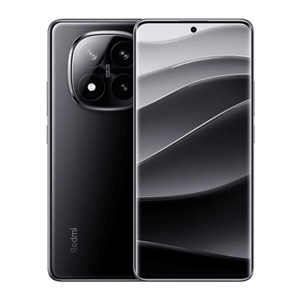
The Redmi Note 14 Pro Plus stands out as one of the best phones under 50k, offering great value for money. It has a 6.67-inch 1.5K HDR OLED curved display with a 120Hz refresh rate, Dolby Vision support, and Gorilla Glass Victus 2 protection, making it an excellent choice for those who enjoy a smooth, vibrant display.
The design has been refreshed, with a more centered camera module, and the phone is powered by the Snapdragon 7s Gen 3 SoC, paired with up to 16GB of RAM and 512GB of storage, running on Android 14 with HyperOS 1.0.
For photography, the Redmi Note 14 Pro Plus keeps the 200MP main sensor with OIS, delivering sharp, detailed shots. However, the 50MP telephoto lens has been replaced with a 2MP macro sensor, which may be a letdown for some users.
The 20MP front camera performs well for selfies. It packs a 5110mAh battery and supports 120W fast charging, ensuring you don’t have to wait long to recharge. With dual speakers, an IR blaster, and a solid build, this phone offers a premium experience without breaking the bank, making it one of the top choices under NPR 50,000.
Redmi Note 14 Pro+ 5G Specifications:
- Display: 6.67-inch AMOLED screen, FHD+, 120Hz refresh rate
- Chipset: Snapdragon 7s Gen 3 (4nm mobile platform)
- Memory: 8/12GB LPDDR4X RAM, 256/512GB UFS 2.2 storage (expandable)
- Software & UI: HyperOS 1.0 on top of Android 14
- Rear Camera: Triple (200MP primary, 8MP ultrawide, 2MP macro)
- Front Camera: 20MP sensor (hole-punch)
- Security: Fingerprint sensor (optical in-display)
- Connectivity: Dual-SIM (Nano), WiFi 6E (Dual-band), Bluetooth 5.4, GPS / A-GPS / Glonass / Galileo / QZSS, USB-C, 4G LTE, 5G
- Battery: 5110mAh with 120W charging (120W adapter inside the box)
- Price in Nepal: NPR 49,999 (8/256GB)
- Read our Redmi Note 14 Pro+ 5G review
- Check the full specifications of Redmi Note 14 Pro+ 5G here
Buy Redmi Note 14 Pro+ 5G here
Best Phone under 60,000 in Nepal
1. Nothing Phone (3a) Pro
Nothing Phone (3a) Pro is quite a device, which features a refreshed and quite unconventional (but not much as the Nothing Phone 3’s) design. But I’d say it also has the most unique design of all the smartphones on this list. This is because of the Glyph interface at the back.
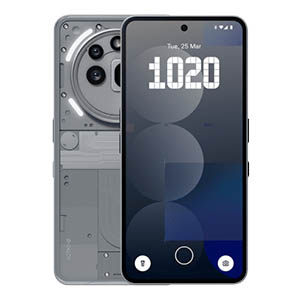
Basically, it’s the collection of LED lights that light up in the case of new notifications, incoming calls, and others. Helping the Glyph shine is the transparent back, which is another of Nothing’s selling points. But the rear panel this time is plastic, though. It is held together by plastic frames, while the Phone (3a) Pro is also IP64 dust/splash resistant.
Snapdragon 7s Gen 3
The Nothing Phone (3a) Pro is powered by Qualcomm’s Snapdragon 7s Gen 3 chipset, offering reliable mid-range performance with a focus on efficiency and AI enhancements. It is paired with LPDDR5 RAM and UFS 3.1 storage, delivering fast multitasking and smooth app performance.
The device runs on Nothing OS, providing a clean, near-stock Android experience without unnecessary bloatware. Nothing is promising 3 years of major Android updates and 4 years of security patches, keeping the Phone (3a) Pro updated up to Android 18 — a solid commitment for a young brand.
Compared to chips like the Dimensity 7200 Pro, the Snapdragon 7s Gen 3 holds its own with better AI performance and optimized battery efficiency, although the GPU output is slightly lower in some cases.
For cameras, the Phone (3a) Pro sticks to a straightforward but capable setup: a triple camera system on its back. You get a 50MP main, 50MP periscope lens with 3X optical zoom, and an 8MP ultrawide camera. On the front, a 50MP selfie camera captures clear and vibrant self-portraits. The phone is backed by a 5000mAh battery with 50W fast charging support, ensuring long-lasting performance and quick top-ups when needed.
Nothing Phone (3a) Pro Specifications:
- Display: 6.77-inch AMOLED screen, FHD+, 120Hz refresh rate
- Chipset: Snapdragon 7s Gen 3 (4nm mobile platform)
- Memory: 8/12GB RAM, 256GB storage (non-expandable)
- Software & UI: Nothing OS 3.1 on top of Android 15
- Rear Camera: Triple (50MP primary, 50MP 3x periscope, 8MP ultrawide)
- Front Camera: 50MP sensor (hole-punch)
- Security: Fingerprint sensor (optical in-display)
- Connectivity: Dual-SIM (Nano), WiFi 6 (Dual-band), Bluetooth 5.4, GPS / Glonass / Galileo / BDS / QZSS, USB-C, 4G LTE, 5G
- Battery: 5000mAh with 50W charging (power adapter not provided)
- Price in Nepal: NPR 58,999 (8/256GB)
- Read our Nothing Phone (3a) Pro review
- Check the full specifications of Nothing Phone (3a) Pro here
Buy Nothing Phone (3a) Pro here
Best Premium Midrange Phones in Nepal
1. OnePlus Nord 5
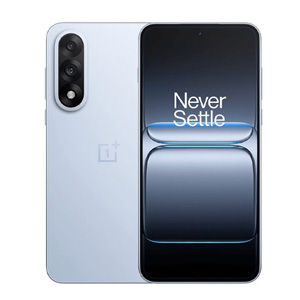
OnePlus Nord 5 manages to stand out by striking the right balance between performance, display quality, and design. With a 6.83-inch 144Hz Swift AMOLED screen, slim bezels, and a premium matte finish, it looks and feels flagship-like.
The Snapdragon 8s Gen 3 chip inside delivers excellent day-to-day performance and even handles demanding games like Genshin Impact surprisingly well — all without heating issues, thanks to a large vapor chamber. OxygenOS remains smooth, clean, and reliable, and the promised four years of OS updates only sweetens the deal. Battery life is stellar, easily lasting two days, and the 80W fast charging tops it up in under an hour.
The only clear trade-off is the camera system. While the 50MP main and selfie cameras take good photos in daylight and deliver solid 4K video, the 8MP ultra-wide feels underwhelming, especially in low light.
You also miss out on things like wireless charging and USB 3.0 speeds, and the storage downgrade from UFS 4.0 to UFS 3.1 is puzzling. Still, for most users, the Nord 5 checks nearly all the boxes — from a top-tier display and strong performance to good haptics, battery life, and refined software. If cameras aren’t your top priority, this is easily one of the best all-around phones under NPR 70,000 in 2025.
OnePlus Nord 5 Specifications:
- Display: 6.83-inch AMOLED screen, 1.5K FHD+, 144Hz refresh rate
- Chipset: Snapdragon 8s Gen 3 (4nm mobile platform)
- Memory: 8/12GB LPDDR5X RAM, 256/512GB UFS 3.1 storage (non-expandable)
- Software & UI: OxygenOS 15.0 on top of Android 15
- Rear Camera: Dual (50MP primary, 8MP ultrawide)
- Front Camera: 50MP sensor (hole-punch)
- Security: Fingerprint sensor (optical in-display)
- Connectivity: Dual-SIM (Nano), WiFi 6 (Dual-band), Bluetooth 5.4, GPS / Glonass / Galileo / BDS / QZSS, USB-C, 4G LTE, 5G
- Battery: 6800mAh with 80W charging (power adapter not provided)
- Price in Nepal: NPR 67,999 (8/256GB) | NPR 75,499 (12/512GB)
- Read our OnePlus Nord 5 review
- Check the full specifications of OnePlus Nord 5 here
Buy OnePlus Nord 5 here!
2. Samsung Galaxy A56 5G

Samsung Galaxy A56 5G Specifications:
- Display: 6.7-inch AMOLED screen, FHD+, 120Hz refresh rate
- Chipset: Exynos 1580 (4nm mobile platform)
- Memory: 8/12GB RAM, 128/256GB storage (non-expandable)
- Software & UI: One UI 7 on top of Android 15
- Rear Camera: Triple (50MP primary, 12MP ultrawide, 5MP macro)
- Front Camera: 12MP sensor (hole-punch)
- Security: Fingerprint sensor (optical in-display)
- Connectivity: Dual-SIM (Nano), WiFi 6 (Dual-band), Bluetooth 5.3, GPS / Glonass / Galileo / QZSS, USB-C, 4G LTE, 5G
- Battery: 5000mAh with 45W charging (free 25W adapter)
- Price in Nepal: NPR 65,999 (8/256GB) | NPR 70,999 (12/256GB)
- Read our Samsung Galaxy A56 review
- Check the full specifications of Samsung Galaxy A56 here
Buy Samsung Galaxy A56 here
Best phone under 1 lakh in Nepal
1. Honor 400 Pro
The Honor 400 Pro builds on the foundation of the regular 400 with several meaningful upgrades, particularly in durability, performance, and camera capabilities. The phone is slightly larger and heavier, featuring a 6.7-inch curved AMOLED display with 10-bit color depth and the same 120Hz refresh rate. While the resolution is slightly lower than the Honor 400 on paper, the Pro model includes IP68/IP69 water and dust resistance—an upgrade over the 400’s IP65 rating, making it more resilient in harsher conditions.
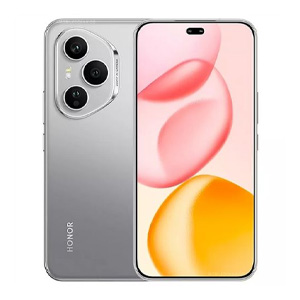
A notable leap lies in performance. The 400 Pro is powered by the Snapdragon 8 Gen 3 chipset, a flagship-level processor that delivers higher processing power and efficiency than the Snapdragon 7 Gen 3 found in the standard 400.
Storage also gets a boost with faster UFS 4.0 support, offered in both 256GB and 512GB variants, paired with 12GB LPDDR5X RAM. The rear camera system sees an upgrade as well, adding a dedicated 50MP telephoto lens with 3x optical zoom and OIS, alongside the same 200MP main sensor and 12MP ultra-wide lens. On the front, a secondary 2MP depth sensor joins the 50MP selfie camera.
Silicon-carbon battery
Battery specs remain similar, with a 6000mAh silicon-carbon cell, but charging is faster: 100W wired charging is a step up from the 80W on the regular model, though wireless charging drops slightly to 50W. Connectivity also improves with support for Wi-Fi 7 over Wi-Fi 6, aligning the device more closely with flagship standards.
Like the Honor 400, there’s no headphone jack, but stereo speakers, eSIM, NFC, and in-display fingerprint scanning are present. Overall, the 400 Pro extends the base model’s capabilities without straying far from the same design language.
Honor 400 Pro Specifications:
- Display: 6.7-inch AMOLED screen, 1.5K FHD+, 120Hz refresh rate
- Chipset: Snapdragon 8 Gen 3 (4nm mobile platform)
- Memory: 12GB RAM, 256/512GB storage (non-expandable)
- Software & UI: MagicOS 9.0 on top of Android 15
- Rear Camera: Triple (200MP primary, 50MP 3x telephoto, 12MP ultrawide)
- Front Camera: 50MP sensor (hole-punch)
- Security: Fingerprint sensor (optical in-display)
- Connectivity: Dual-SIM (Nano), WiFi 7 (Dual-band), Bluetooth 5.4, GPS / A-GPS / Beidou / Glonass / Galileo / QZSS, USB-C, 4G LTE, 5G
- Battery: 6000mAh with 100W charging (100W adapter inside the box)
- Price in Nepal: NPR 88,480 (12/512GB)
- Read our Honor 400 Pro review
- Check the full specifications of Honor 400 Pro here
Buy Honor 400 Pro here
Best Flagship under 1.5 Lakhs
1. Xiaomi 15 Ultra
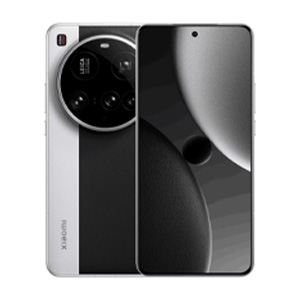
The Xiaomi 15 Ultra is a flagship powerhouse, especially for photography enthusiasts. The standout feature is the 200MP periscope camera, offering 4.3x zoom and low-light performance. Paired with three 50MP sensors for wide, telephoto, and ultrawide shots, this camera system is perfect for all kinds of photography.
The main camera now has a fixed f/1.63 aperture, improving consistency in image quality. Xiaomi has also introduced the third-generation Photography Kit, including a red camera grip and an additional 2,000mAh battery for extended shooting capabilities. If you’re into mobile photography, this phone delivers top-tier performance.
Solid build quality
Design-wise, the Xiaomi 15 Ultra has a premium build with an aluminum frame and a 6.73-inch WQHD+ AMOLED display. With a 120Hz refresh rate and HDR10+ support, the phone is also rated IP68 for water and dust resistance and features Gorilla Glass 7i protection. The quad-camera module, while large, adds a bold design element that signals the phone’s camera prowess.
Under the hood, the Xiaomi 15 Ultra packs the Snapdragon 8 Elite processor, offering significant power for demanding tasks.
Whether you’re gaming, multitasking, or using AI-driven features like object removal and real-time translation, the phone handles it with ease. The 12GB/16GB RAM and fast UFS 4.0 storage is paired with the 5,410mAh battery supports 90W wired and 80W wireless charging, with reverse wireless charging as well. Running on Xiaomi HyperOS 2.0 based on Android 15, the device also includes future-proof features like Wi-Fi 7 and Bluetooth 6.0.
Xiaomi 15 Ultra Specifications:
- Display: 6.73-inch AMOLED screen, WQHD+, 120Hz refresh rate
- Chipset: Snapdragon 8 Elite (3nm mobile platform)
- Memory: 16GB LPDDR5X RAM, 512GB/1TB UFS 4.1 storage (non-expandable)
- Software & UI: HyperOS 2.0 on top of Android 15
- Rear Camera: Quad (50MP primary, 50MP 3x telephoto, 200MP 4.3x periscope, 50MP ultrawide)
- Front Camera: 32MP sensor (hole-punch)
- Security: Fingerprint sensor (ultrasonic in-display)
- Connectivity: Dual-SIM (Nano), WiFi 7 (Dual-band), Bluetooth 6.0, GPS / A-GPS / Beidou / Glonass / Galileo / QZSS / NavIC, USB-C, 4G LTE, 5G
- Battery: 5410mAh with 90W charging (90W adapter inside the box)
- Price in Nepal: NPR 149,999 (16/512GB)
- Read our Xiaomi 15 Ultra review
- Check the full specifications of Xiaomi 15 Ultra here
Pre-book Xiaomi 15 Ultra here (Hukut store)
Best Flagship Phones in Nepal
3. Vivo X200 Pro
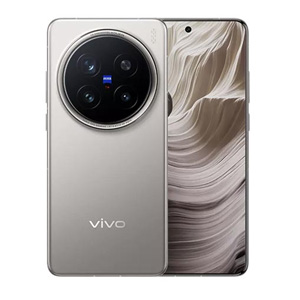
The Vivo X200 Pro is an impressive flagship, especially for its camera performance, marking a significant step forward for Vivo in the premium market. Its 200MP periscope lens offers fantastic flexibility for portrait shots and macro photos.
At 3.7x zoom, it’s ideal for portraits without sacrificing detail, and the 135mm (6x) zoom level still maintains incredible sharpness. The camera’s edge detection and bokeh quality are outstanding, producing social media-ready shots without the need for editing.
Vivo + Zeiss
Thanks to Vivo’s long-standing collaboration with Zeiss, the camera shines, particularly in portrait mode. The 50MP primary lens delivers excellent dynamic range, even in challenging conditions, and handles low-light shots with impressive clarity.
While the ultrawide camera hasn’t seen improvements from the previous model, the rest of the camera system makes up for it. Vivo’s videography has also improved, offering 4K 60fps on all cameras, including the front-facing 32MP sensor.
The phone can shoot 10-bit Log videos, 4K 120fps slow-motion videos, and portrait videos, making it a versatile tool for any photographer or content creator. If you’re into smartphone photography, the Vivo X200 Pro’s camera performance rivals flagship models from Apple and Samsung, especially in portrait and macro shots.
Beyond the camera, the X200 Pro offers great build quality with IP68 and IP69 ratings, ensuring durability against water and dust. It features a large 6.78-inch AMOLED display with vibrant colors and a 120Hz refresh rate, making for a smooth user experience.
Powered by the MediaTek Dimensity 9400, the device performs seamlessly, whether gaming or multitasking, and comes with 16GB of RAM and 512GB of storage. Its 6,000mAh battery supports fast 90W charging, getting you from 0 to 75% in just 32 minutes, ensuring all-day battery life.
Vivo X200 Pro Specifications:
- Display: 6.78-inch AMOLED screen, 1.5K FHD+, 120Hz refresh rate
- Chipset: MediaTek Dimensity 9400 (3nm mobile platform)
- Memory: 16GB LPDDR5X RAM, 512GB UFS 4.0 storage (non-expandable)
- Software & UI: Funtouch OS 15 on top of Android 15
- Rear Camera: Triple (50MP primary, 200MP 3.7x periscope, 50MP ultrawide)
- Front Camera: 32MP sensor (hole-punch)
- Security: Fingerprint sensor (ultrasonic in-display)
- Connectivity: Dual-SIM (Nano), WiFi 7 (Dual-band), Bluetooth 5.4, GPS / A-GPS / Beidou / Glonass / Galileo / QZSS / NavIC, USB-C, 4G LTE, 5G
- Battery: 6000mAh with 90W charging (90W adapter inside the box)
- Price in Nepal: NPR 184,999 (16/512GB)
- Read our Vivo X200 Pro review
- Check the full specifications of Vivo X200 Pro here
Buy Vivo X200 Pro here
2. iPhone 16 Pro and iPhone 16 Pro Max
Securing the second position on our roster of premier smartphones in Nepal are Apple’s iPhone 16 Pro and iPhone 16 Pro Max. If you’re seeking the epitome of Apple’s smartphone prowess, these two models are the ones to opt for. However, while the distinction between Apple’s “Pro” and “Pro Max” iPhones has traditionally revolved around their physical dimensions and battery longevity, this time around, opting for the iPhone 16 Pro Max might be the choice if you’re in pursuit of nothing short of the absolute best with a super large display and very good battery life.
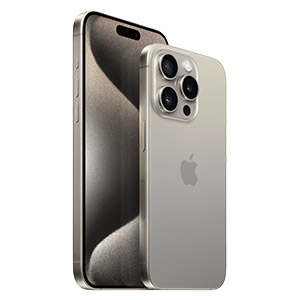
This year, the 5X telephoto lens is present on the Pro variant as well, so, you are not missing much if you opt for the Pro model. So these siblings are portrait photography ready, with their 120mm lens facilitating the capture of remarkable portraits with superior subject clarity, background defocus, and overall image quality.
Nevertheless, it’s important to acknowledge the challenges inherent in capturing 5x portraits, as it often requires maintaining a considerable distance from the subject. Beyond this, the new 48MP ultra-wide camera clicks marginally better photos and macros. Additionally, they excel in video recording capabilities, solidifying their position as the top choice for smartphone videography. And the 4K 120fps option is a cherry on top, this year.
Titanium frame and Extra buttons
The iPhone 16 Pro Series brings in the Titanium frame build, ensuring sturdiness, this year as well. is undoubtedly their titanium frame. What’s new this time is a dedicated camera button on the right side. It allows you to change color tone, zoom, and aperture but in our tests, this button felt like more of a gimmick.
The onscreen controls are far easier to work with. In particular, we ended up getting blurry and not-so-sharp outputs as the phone tends to shake while clicking the button. Besides this, the Action button is the same as last year.
In terms of performance, the iPhone 16 Pro models are powered by the brand-new A18 Pro processor. It is complemented by a larger graphite sheet and it works fantastically with the phone staying cooler than the last gen iPhone 15 Pro Max.
With features ranging from hardware ray tracing to a MetalFX Upscaling method reminiscent of DLSS, this “Pro” chip lives up to its name. It’s not just about gaming prowess either; these devices also embrace USB-C connectivity and boast impressive battery life.
iPhone 16 Pro and iPhone 16 Pro Max Specifications:
- Display: 6.3 / 6.9-inch Retina OLED screen, 1.5K FHD+, 120Hz refresh rate
- Chipset: Apple A18 Pro (3nm mobile platform)
- Memory: 8GB RAM, Up to 1TB storage (non-expandable)
- Software & UI: iOS 18
- Rear Camera: Triple (48MP primary, 12MP 5x periscope, 48MP ultrawide)
- Front Camera: 12MP sensor (Dynamic Island)
- Security: Face ID
- Connectivity: Dual-SIM (Nano + eSIM), WiFi 7 (Dual-band), Bluetooth 5.3, GPS / Beidou / Glonass / Galileo / QZSS / NavIC, USB-C, 4G LTE, 5G
- Battery: 3582 / 4685 mAh with 25W charging (power adapter not provided)
- Price in Nepal:
- iPhone 16 Pro: NPR 168,700 (128GB)
- iPhone 16 Pro Max: NPR 207,000 (256GB)
- Read our iPhone 16 Pro Max review
- Check the full specifications of iPhone 16 Pro Max here
Buy iPhone 16 Pro Max here
1. Samsung Galaxy S25 Ultra
The Samsung Galaxy S25 Ultra is undoubtedly the best phone available in Nepal right now.
It features the latest Snapdragon 8 Elite chipset paired with 12GB or 16GB of RAM, delivering exceptional performance across gaming, multitasking, and everyday use.
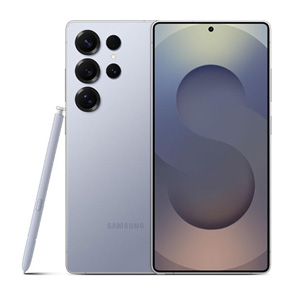
The 6.9-inch Dynamic AMOLED 2X display offers an immersive experience with a 120Hz refresh rate and peak brightness of 2600 nits, making it perfect for media consumption and gaming.
The camera system, with its 200MP main sensor and enhanced low-light performance, delivers stunning photos, while the 5000mAh battery ensures long-lasting usage, supported by 45W fast charging.
With One UI 7 software enhancements, the S25 Ultra offers a smooth and intuitive experience, receiving up to 7 years of software updates. Despite the incremental hardware improvements over its predecessor, the S25 Ultra stands out with its top-tier camera, performance, and display. For anyone in Nepal looking for the ultimate smartphone experience, the Samsung Galaxy S25 Ultra offers unmatched value, making it the top choice in the market.
Samsung Galaxy S25 Ultra Specifications:
- Display: 6.9-inch AMOLED screen, WQHD+, 120Hz refresh rate
- Chipset: Snapdragon 8 Elite (3nm mobile platform)
- Memory: 12/16GB RAM, Up to 1TB storage (non-expandable)
- Software & UI: One UI 7 on top of Android 15
- Rear Camera: Quad (200MP primary, 10MP 3x telephoto, 50MP 5x periscope, 50MP ultrawide)
- Front Camera: 12MP sensor (hole-punch)
- Security: Fingerprint sensor (ultrasonic in-display)
- Connectivity: Dual-SIM (Nano), WiFi 7 (Dual-band), Bluetooth 5.4, GPS / Beidou / Glonass / Galileo / QZSS, USB-C, 4G LTE, 5G
- Battery: 5000mAh with 45W charging (power adapter not provided)
- Price in Nepal: NPR 184,999 (12/256GB)
- Read our Samsung Galaxy S25 Ultra review
- Check the full specifications of Samsung Galaxy S25 Ultra here
Buy Samsung Galaxy S25 Ultra here
Best Phone in Nepal: Conclusion
Best phone in Nepal list is subject to change anytime. New launches and rice drops are the key factors for change here. But fear not, we’ll make sure to update this article constantly if any changes happen.
Apart from that, the price of Mobile in Nepal differs from one smartphone brand to another. Some brands may offer better smartphones with better specs at cheaper prices than others. So, one must explore different models available at similar price segments, do proper market research, and then proceed to buy a smartphone. For that, you can always count on our buy guides articles and YouTube videos as well.
- Check out the other buy guides for smartphones.
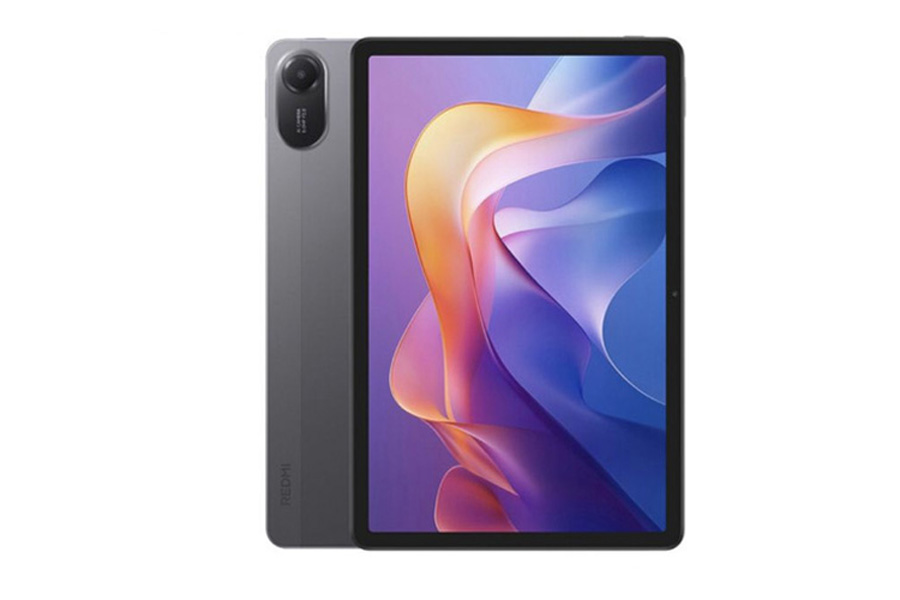
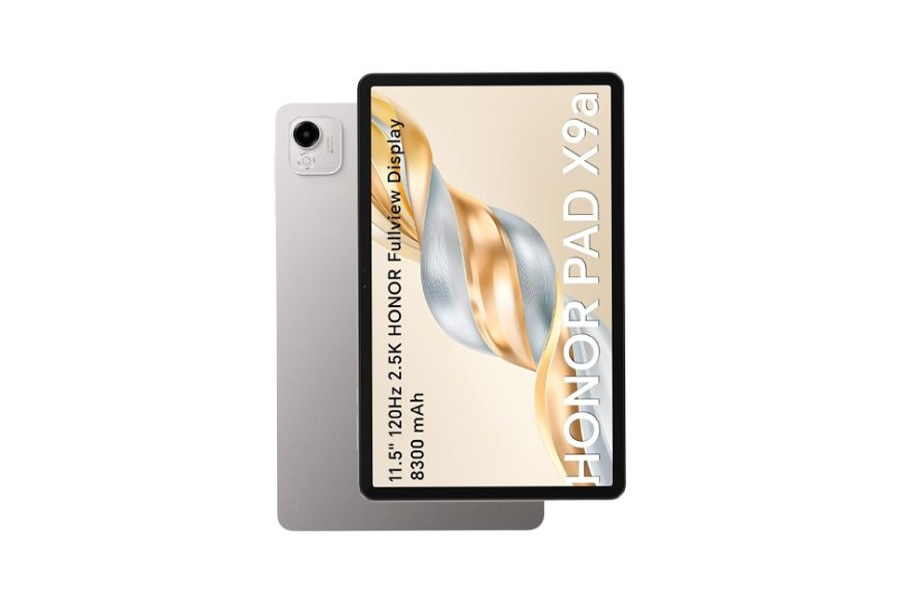
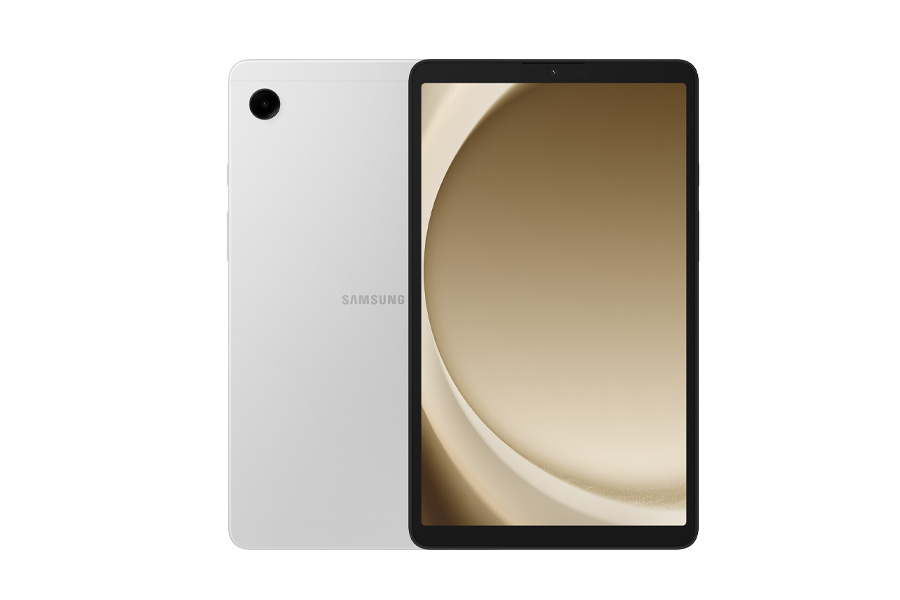


![Best Budget Tablets in Nepal 2025 [Updated] Best Budget Tablets in Nepal 2025 [Updated]](https://cdn.gadgetbytenepal.com/wp-content/uploads/2021/08/Best-budget-tablets-in-Nepal-2025.jpg)
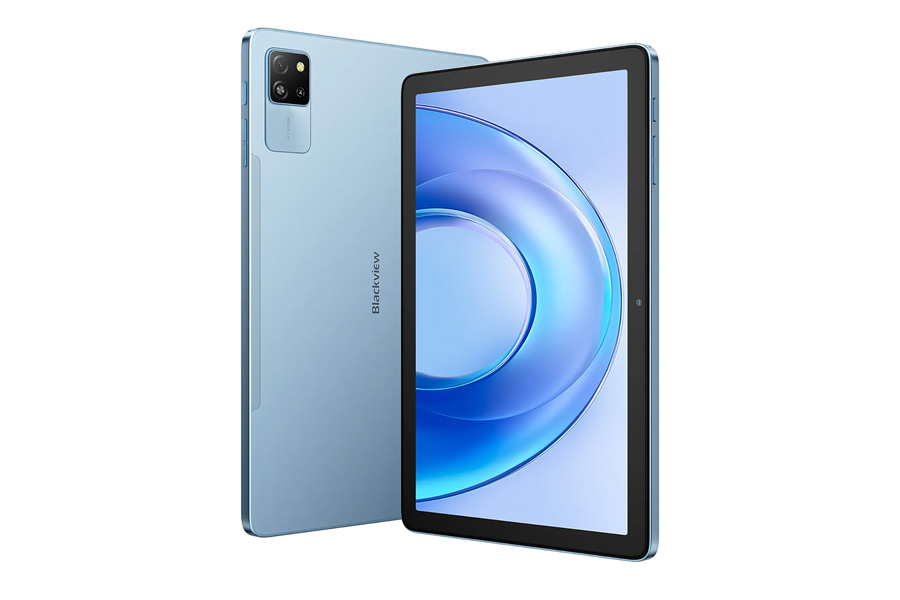
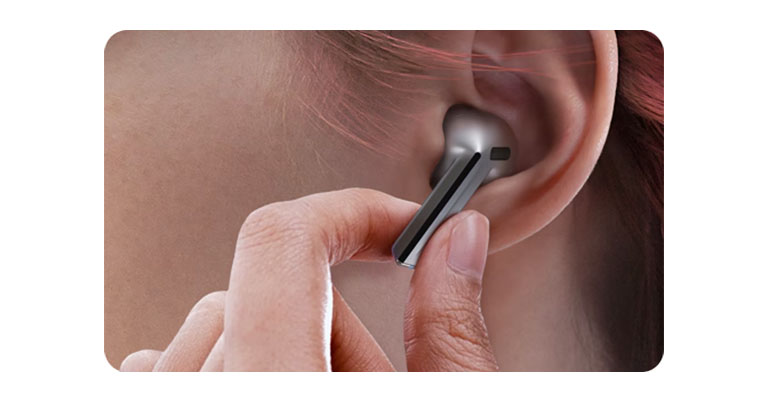
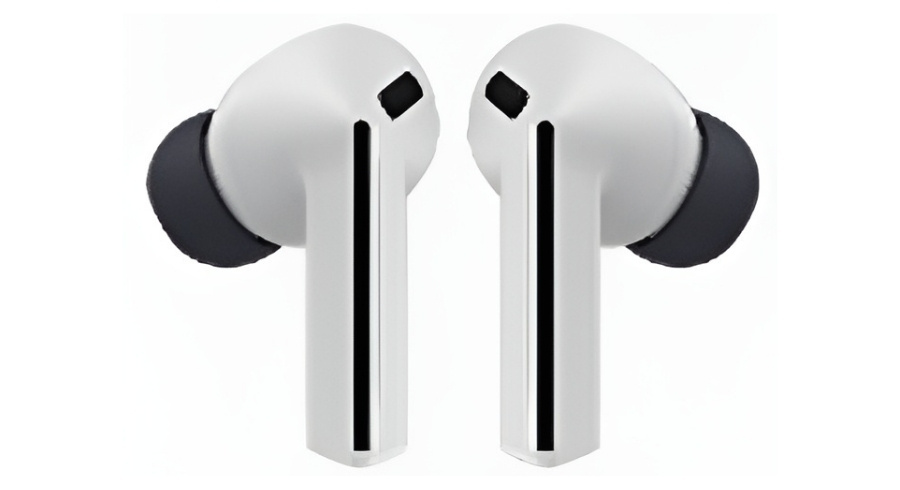
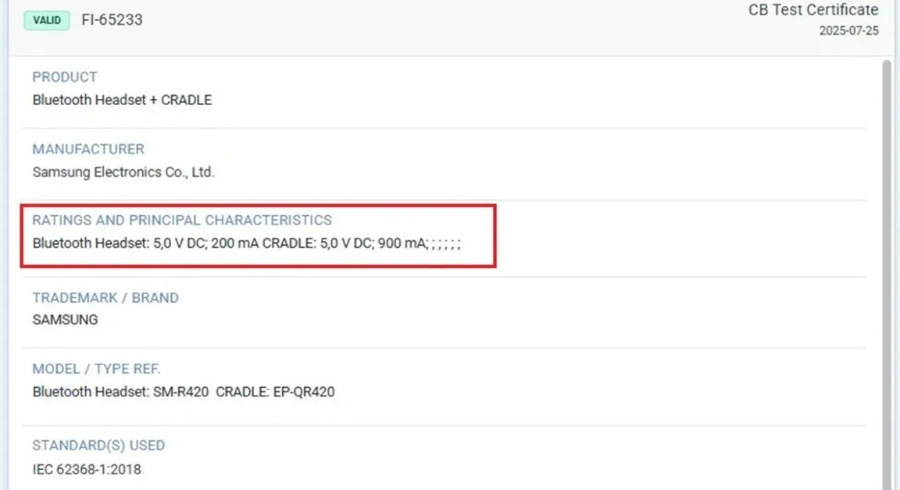
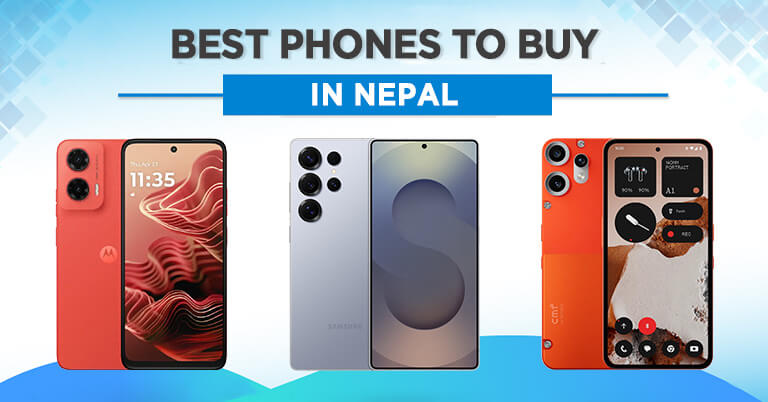














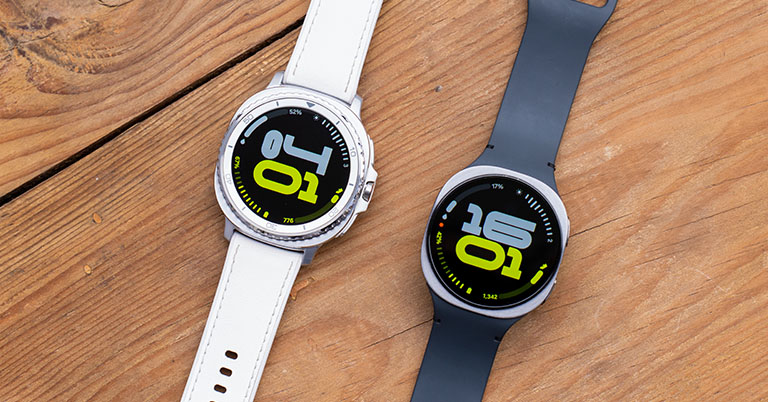
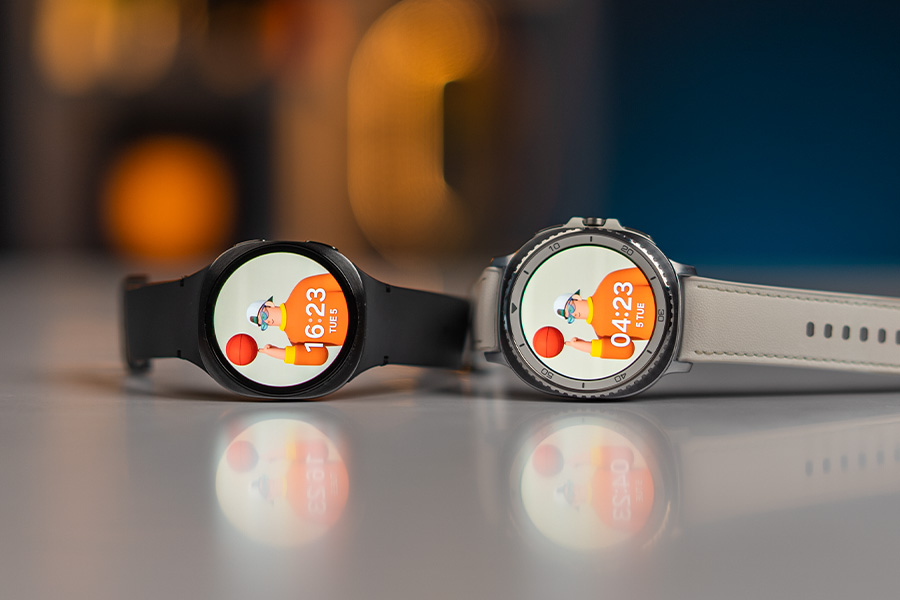
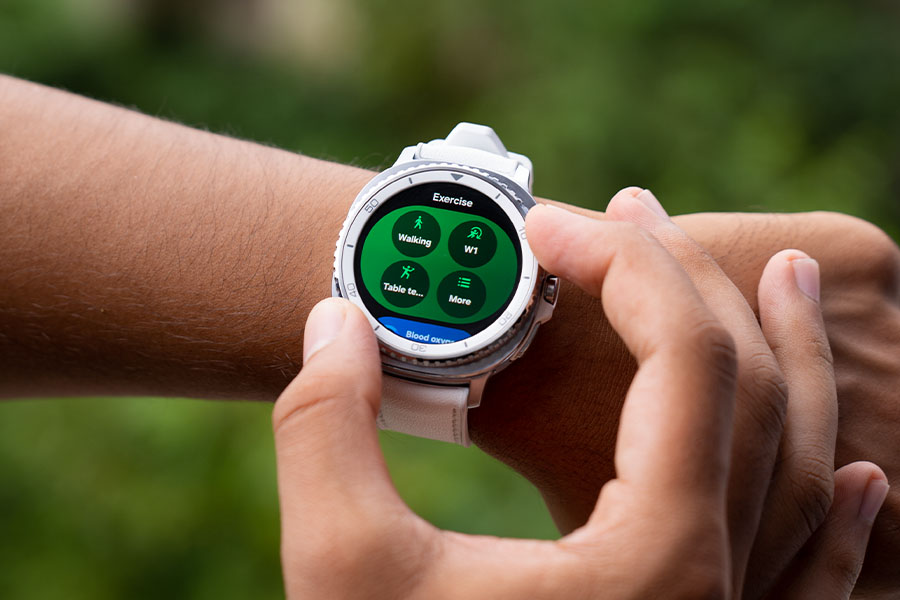

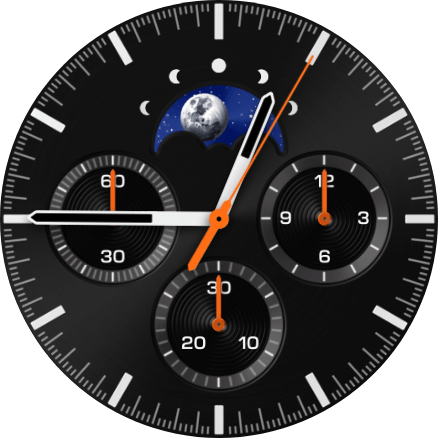
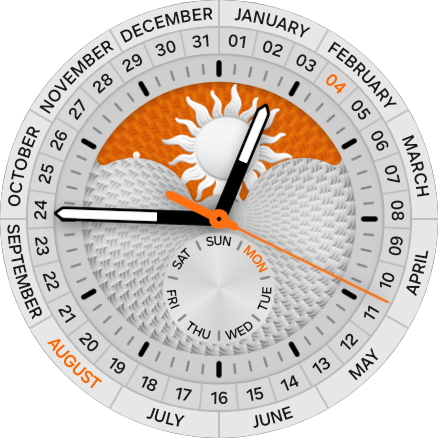
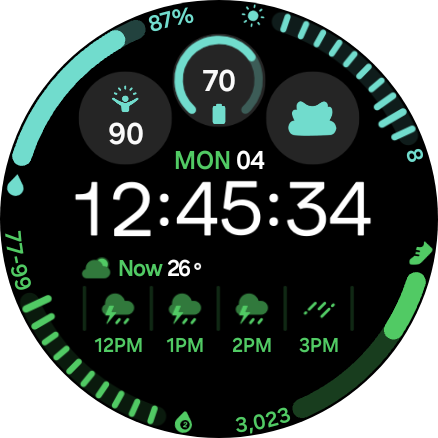
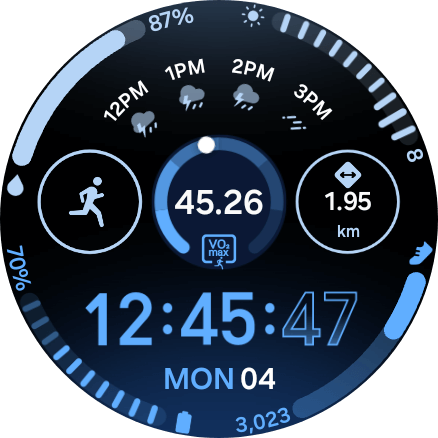
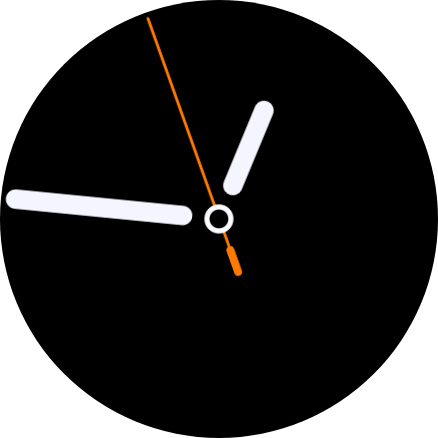
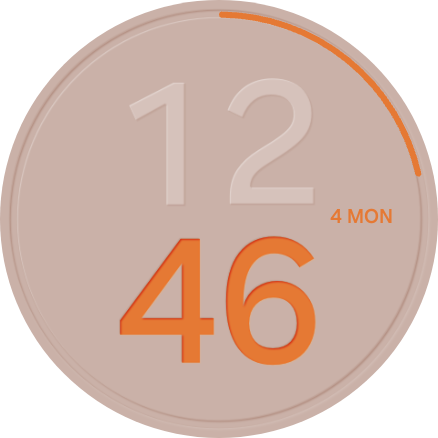

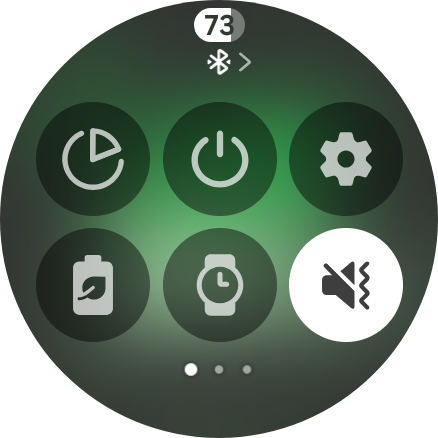
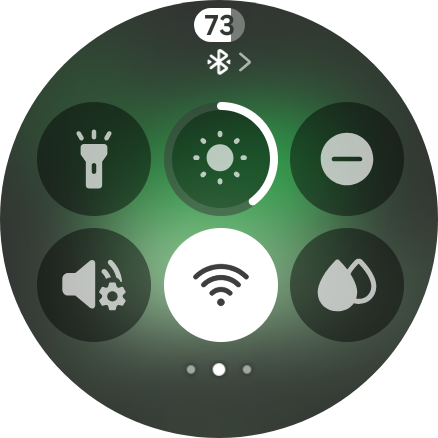
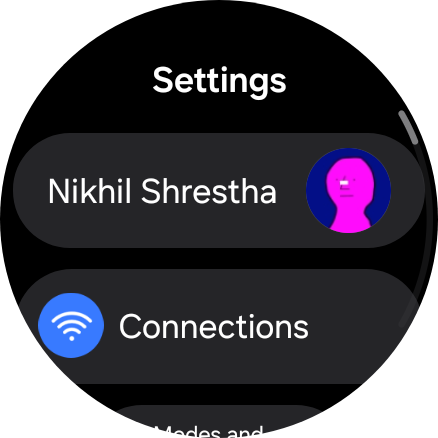
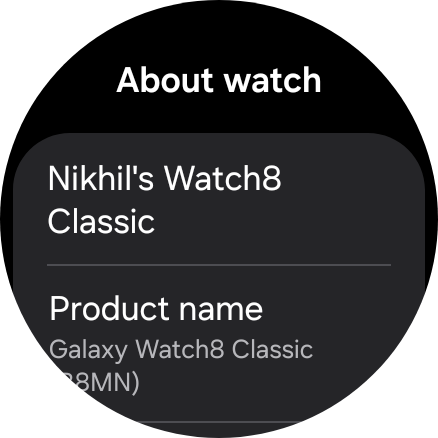
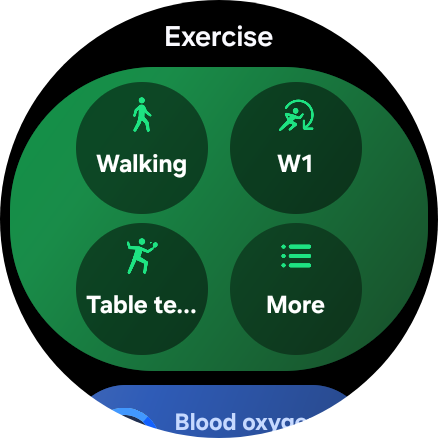
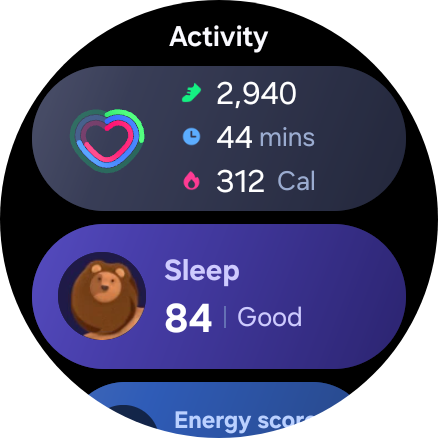
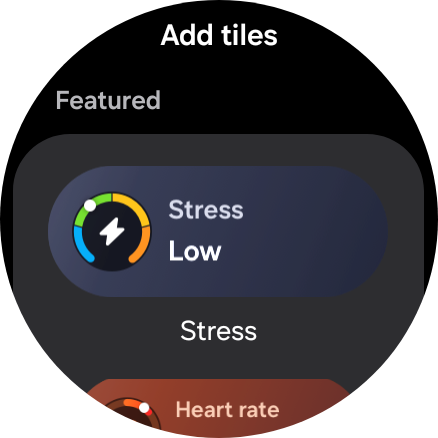
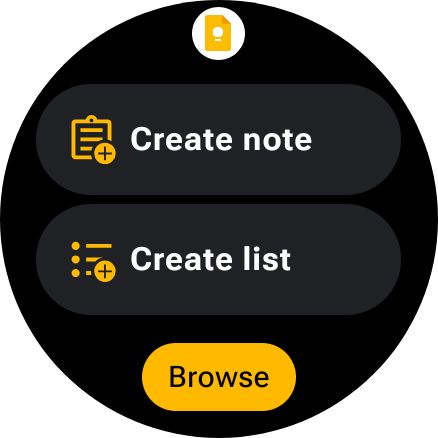
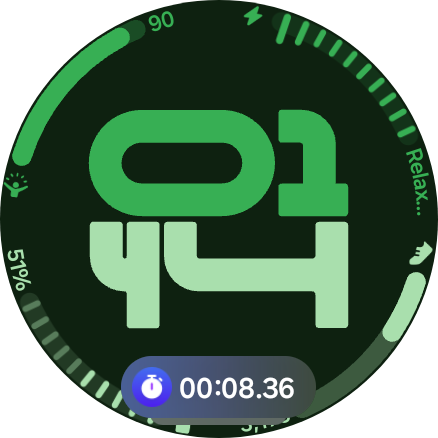
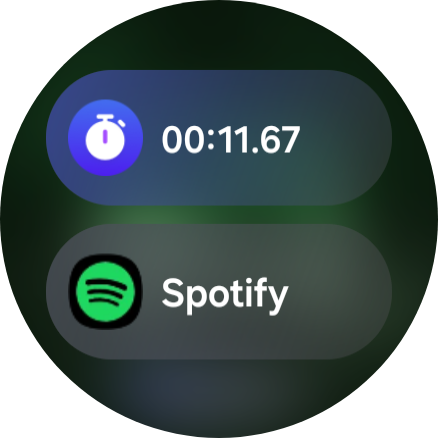
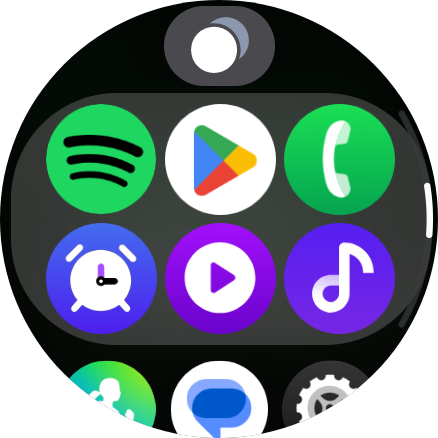
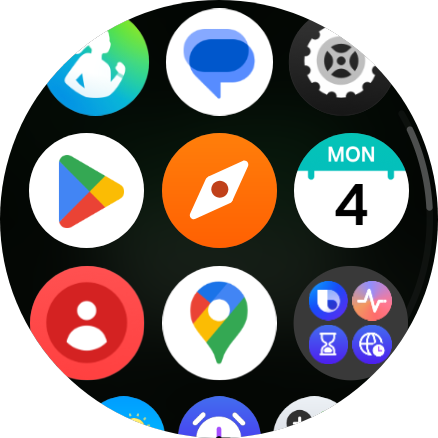
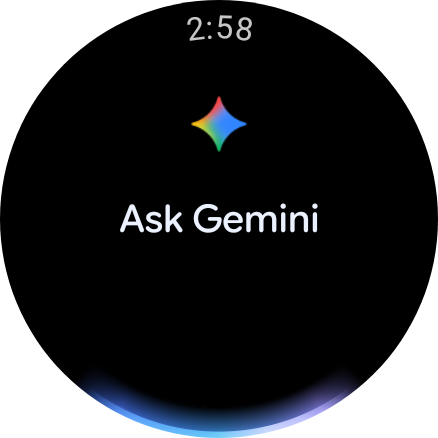


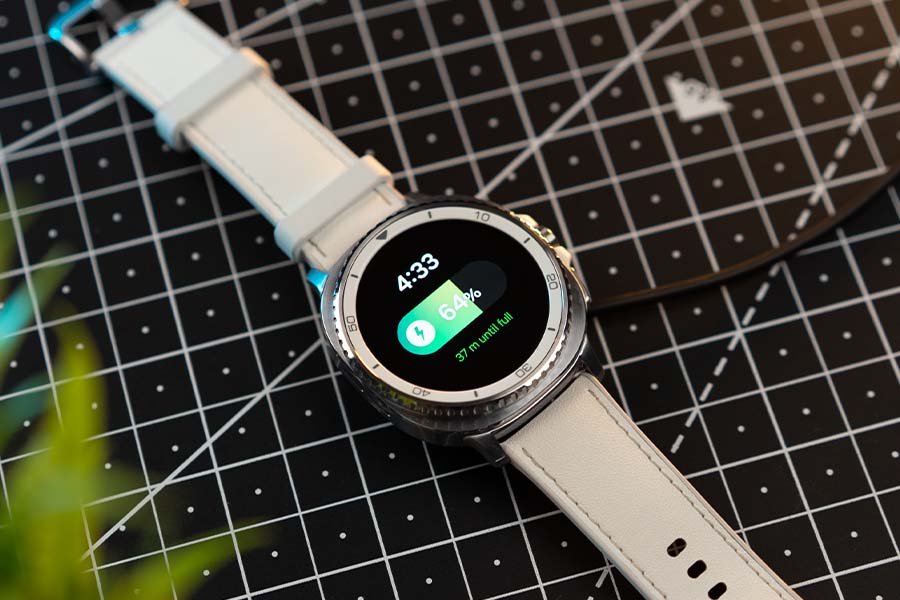
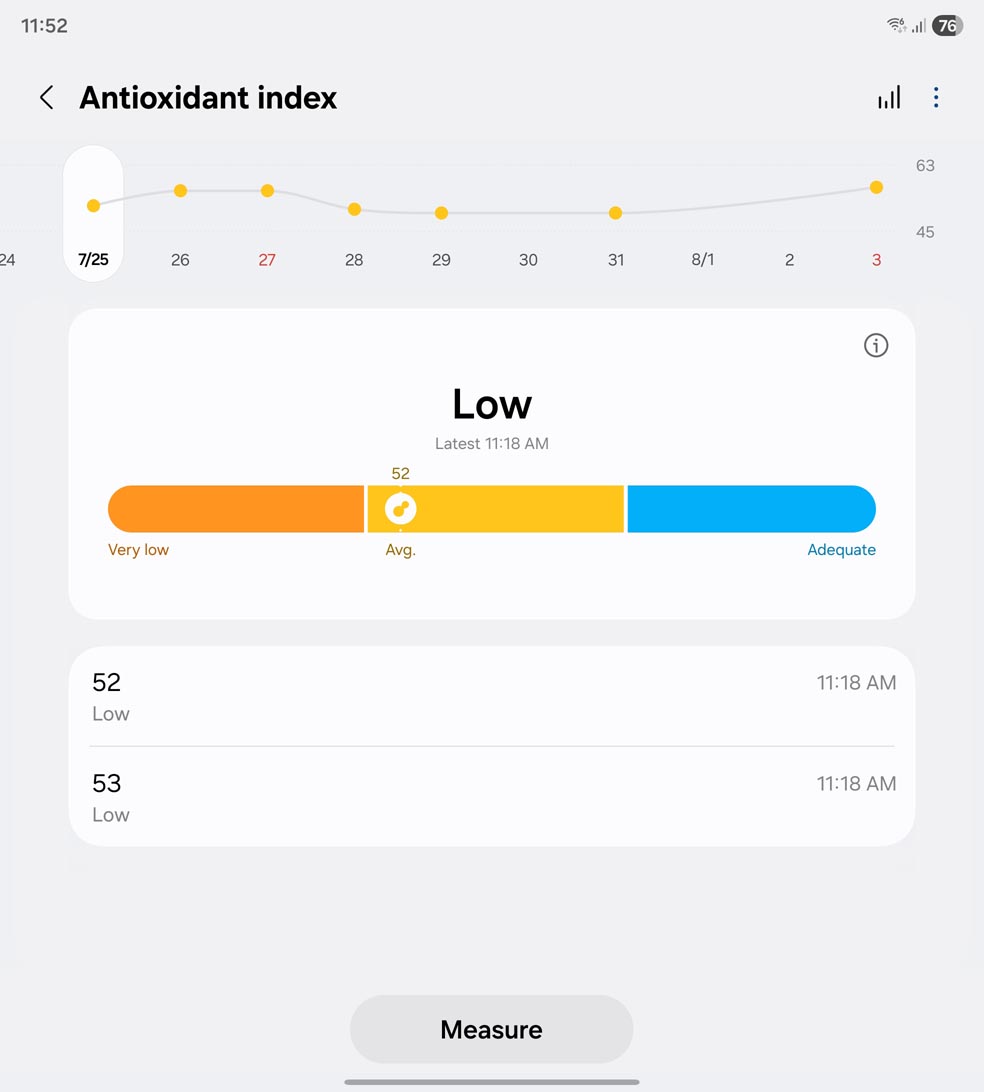
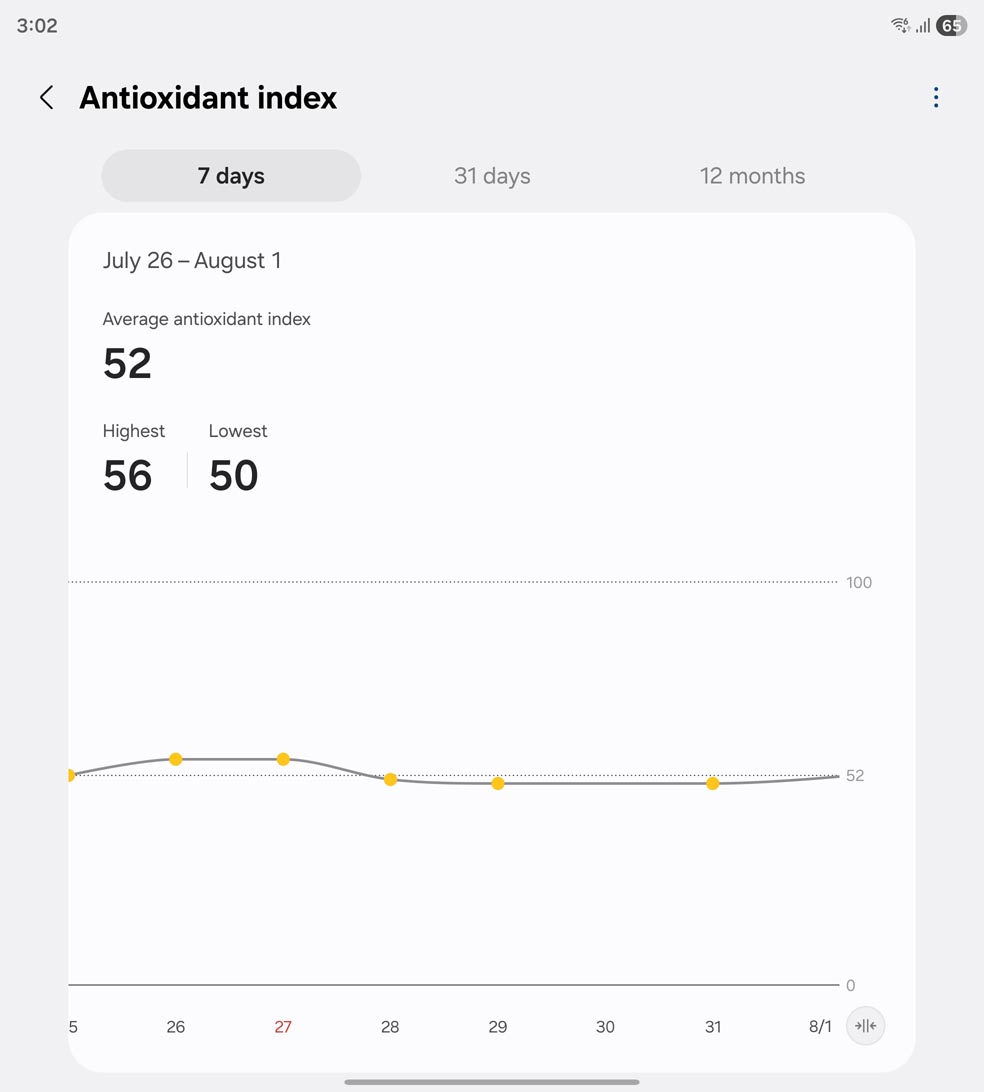
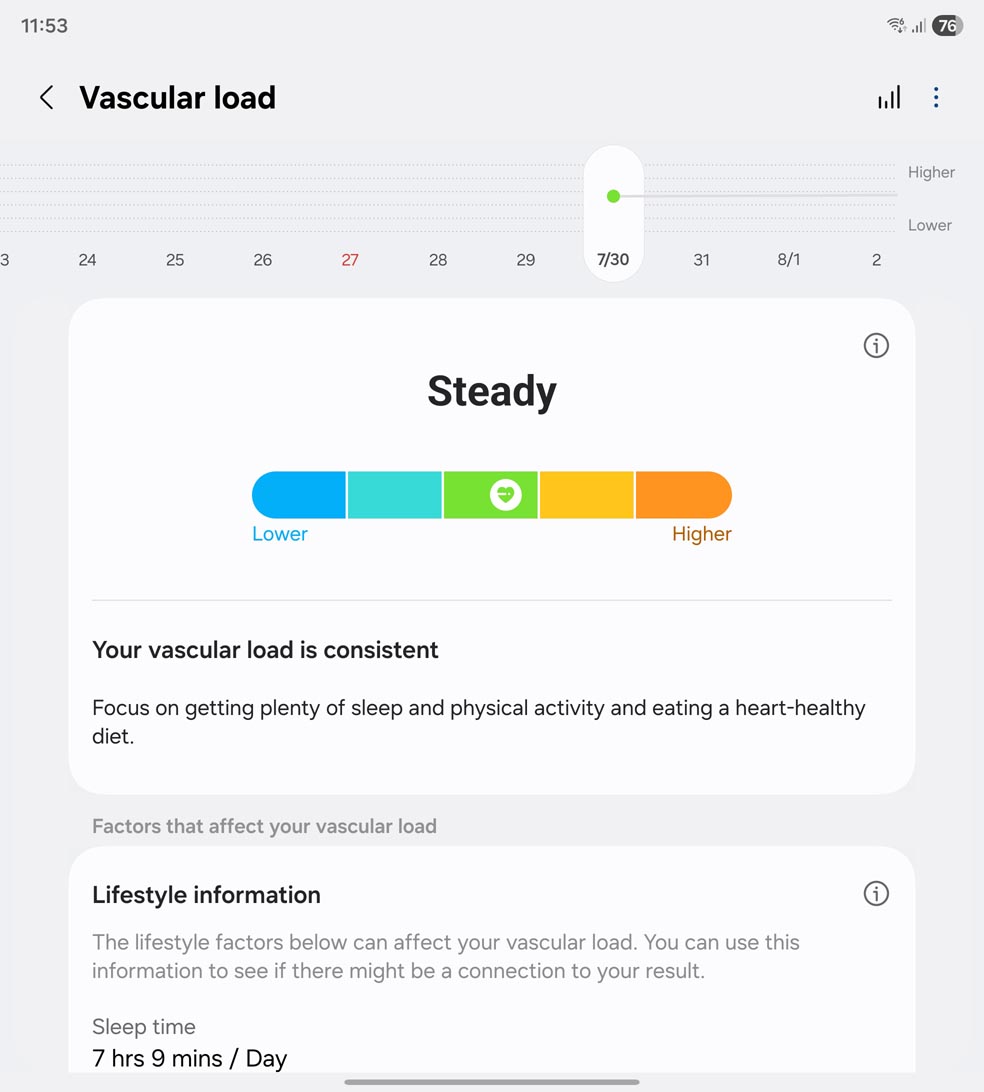
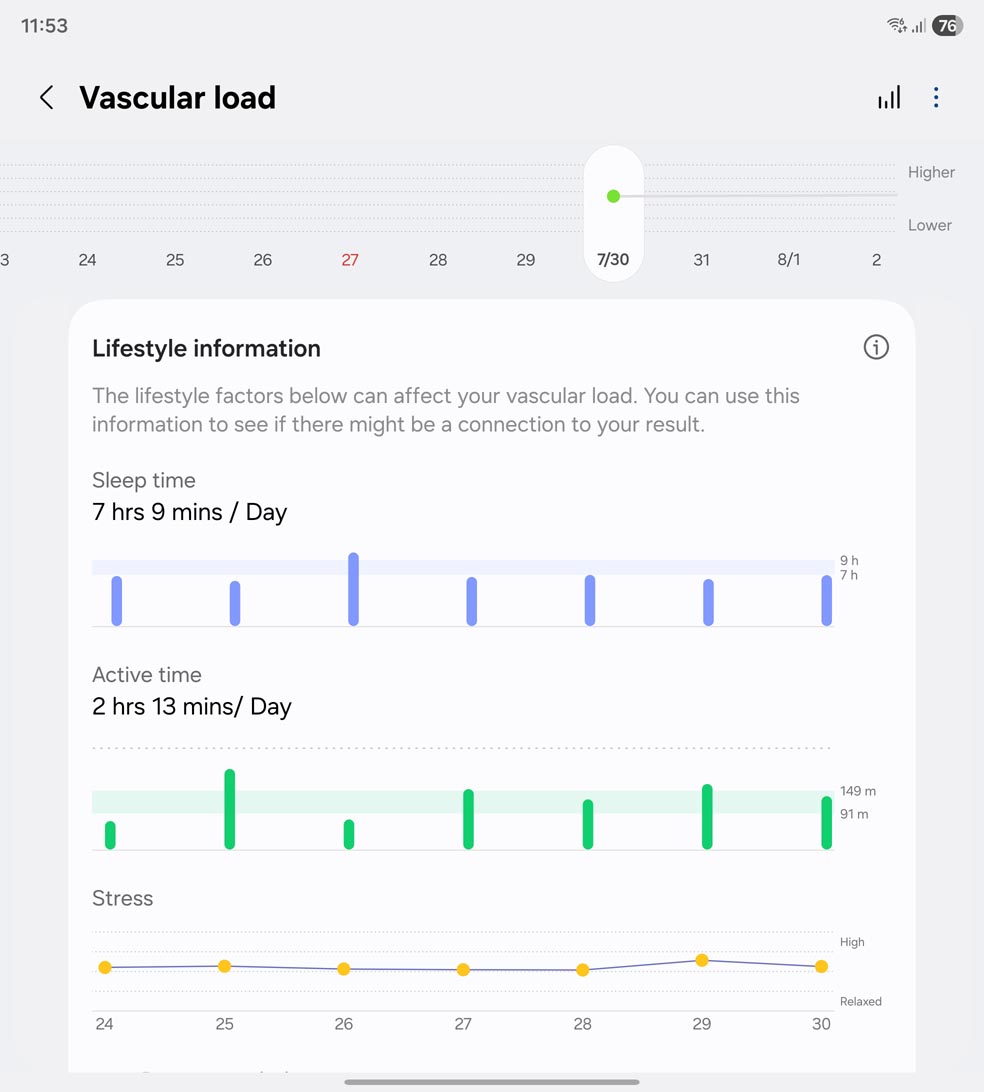


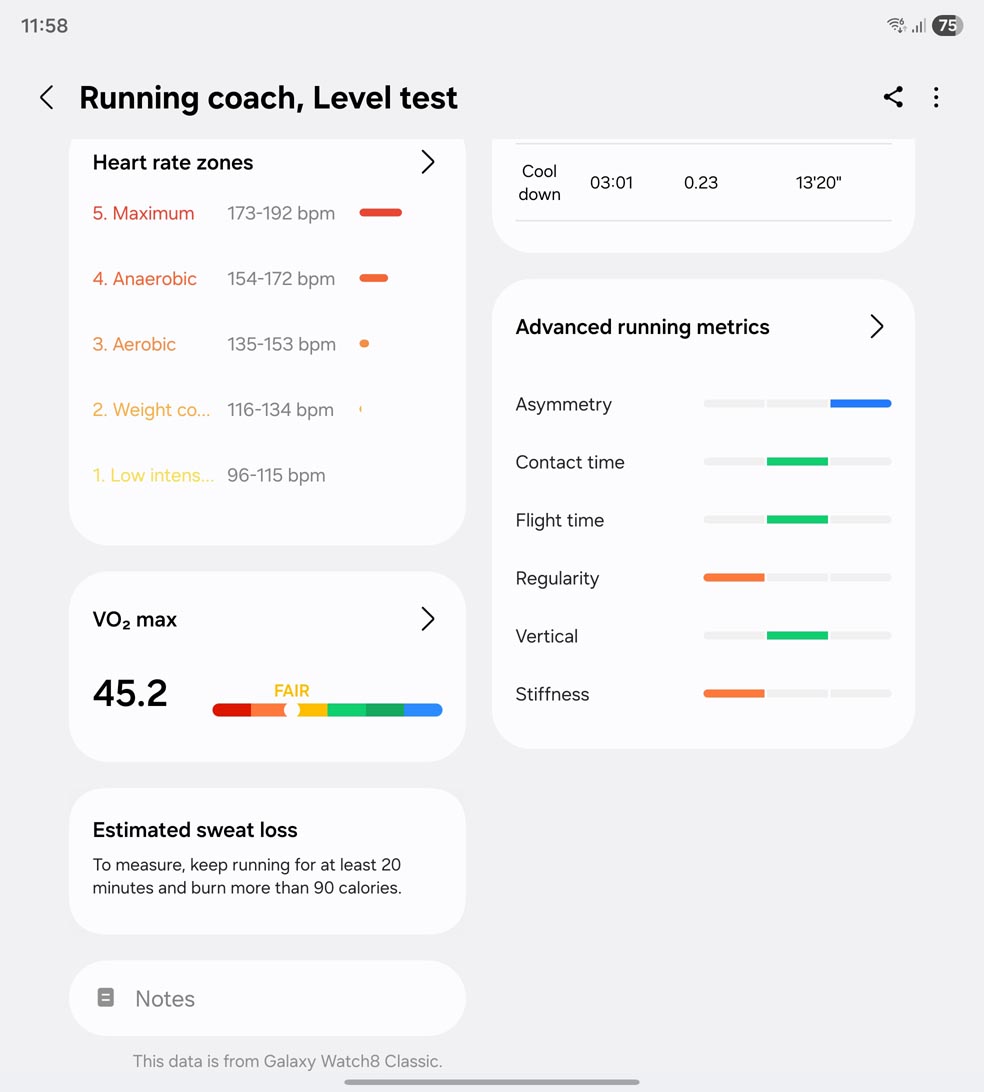
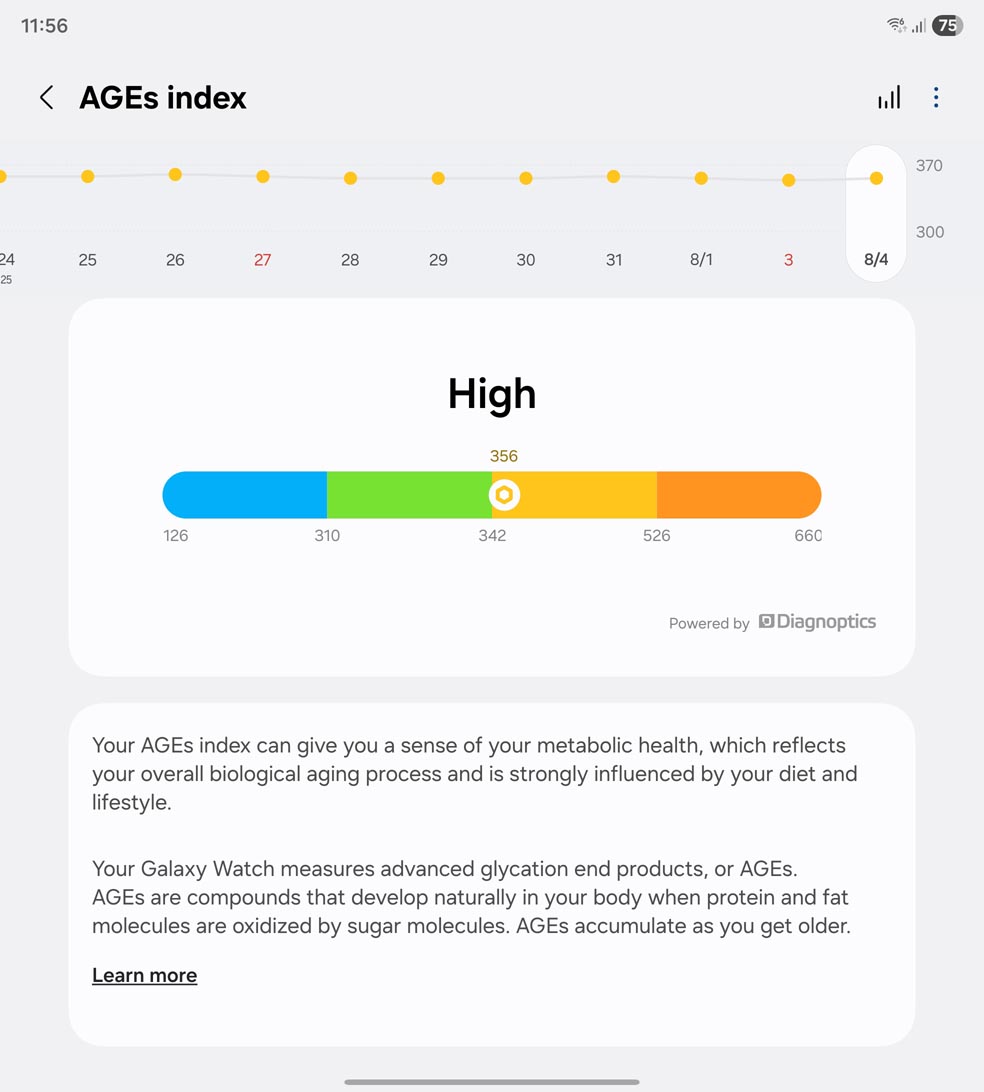
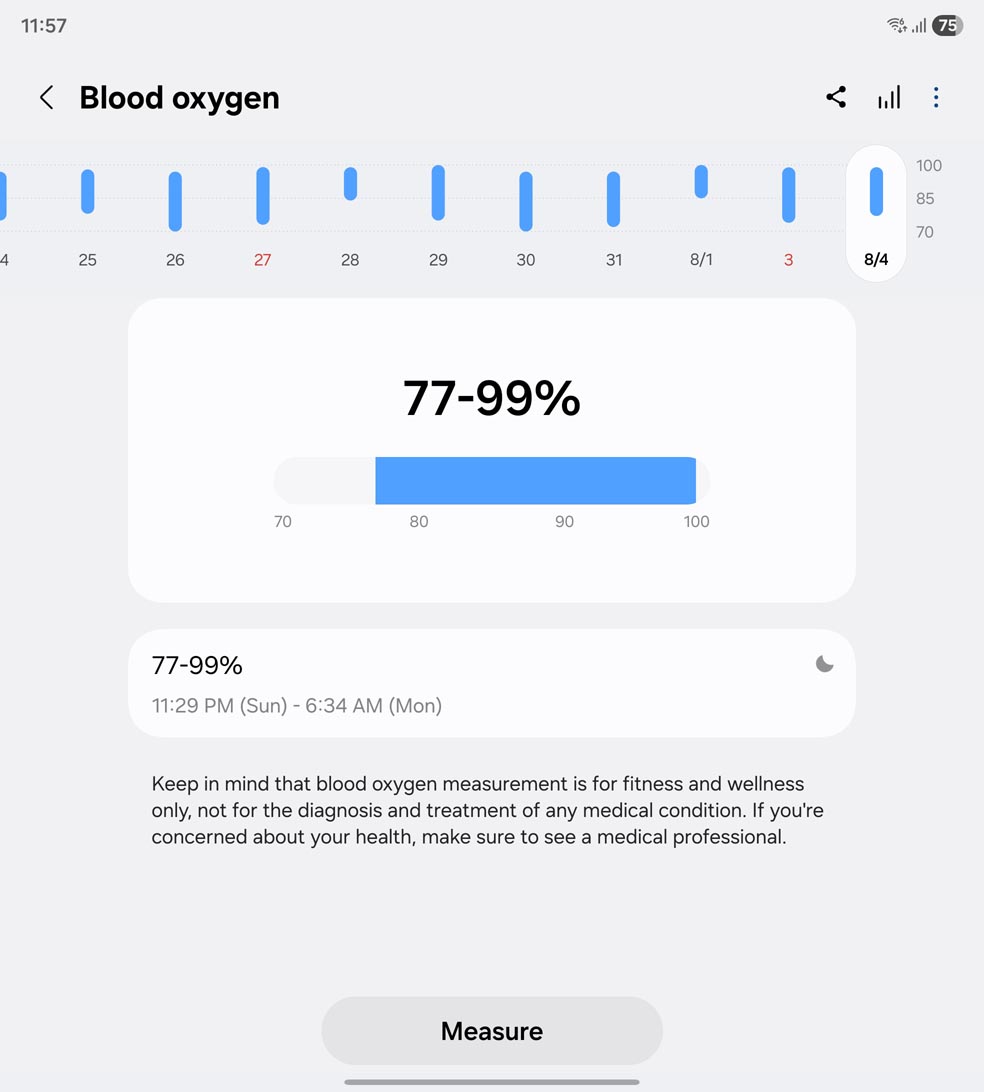
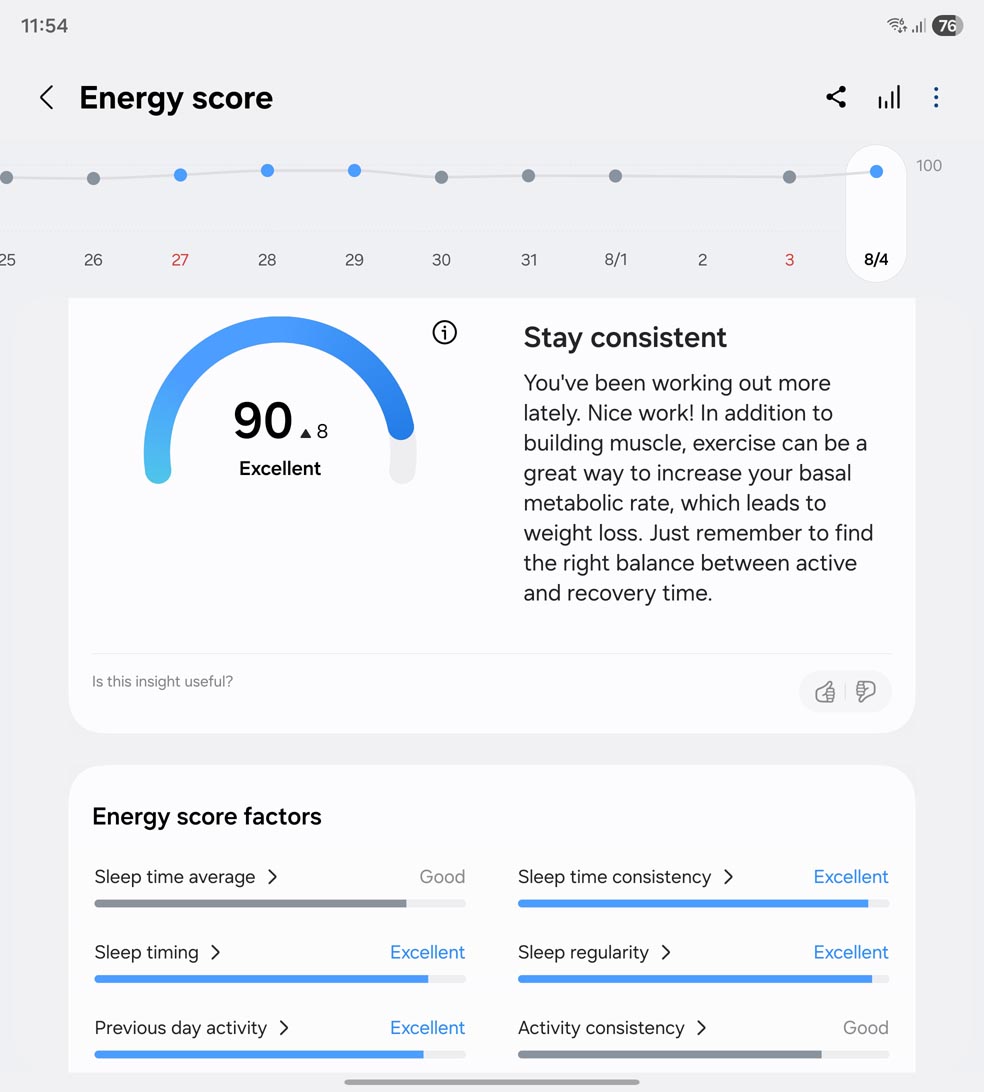
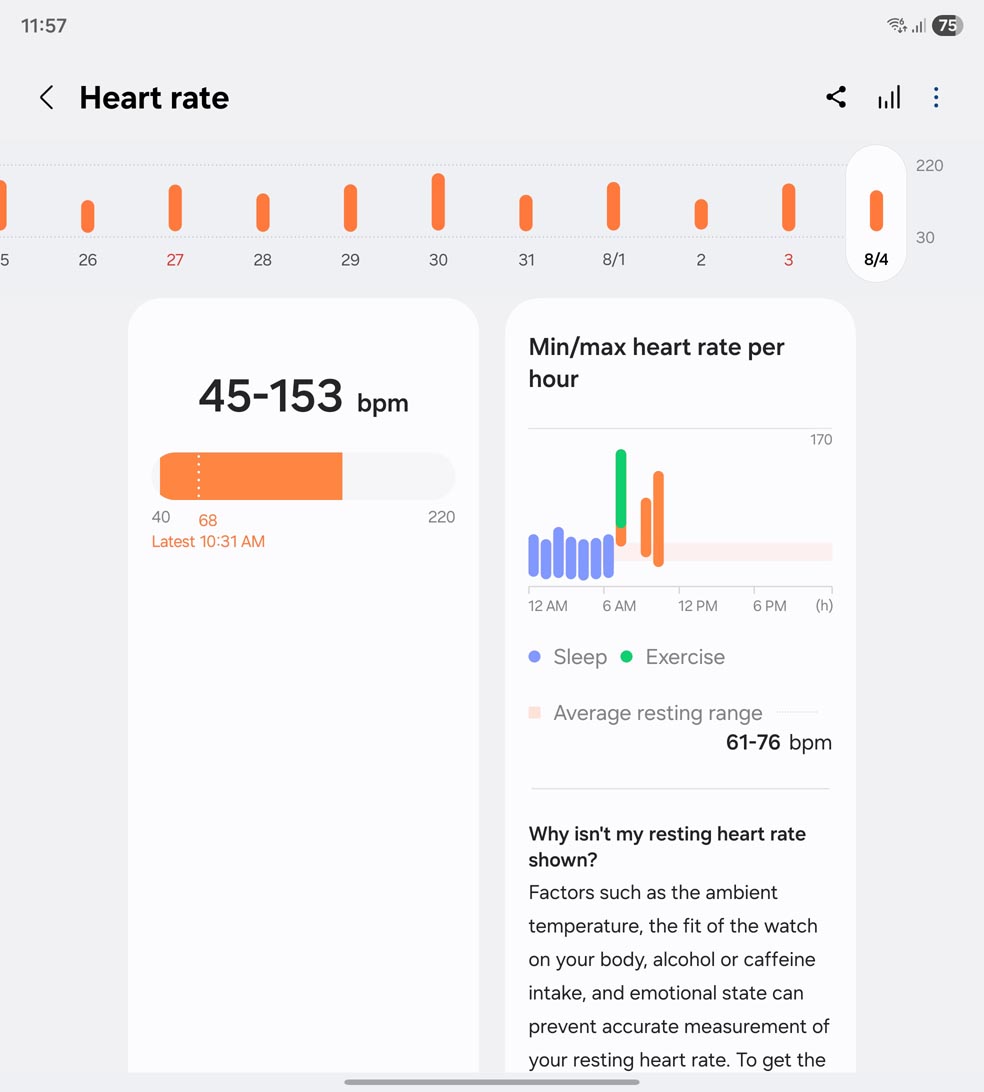
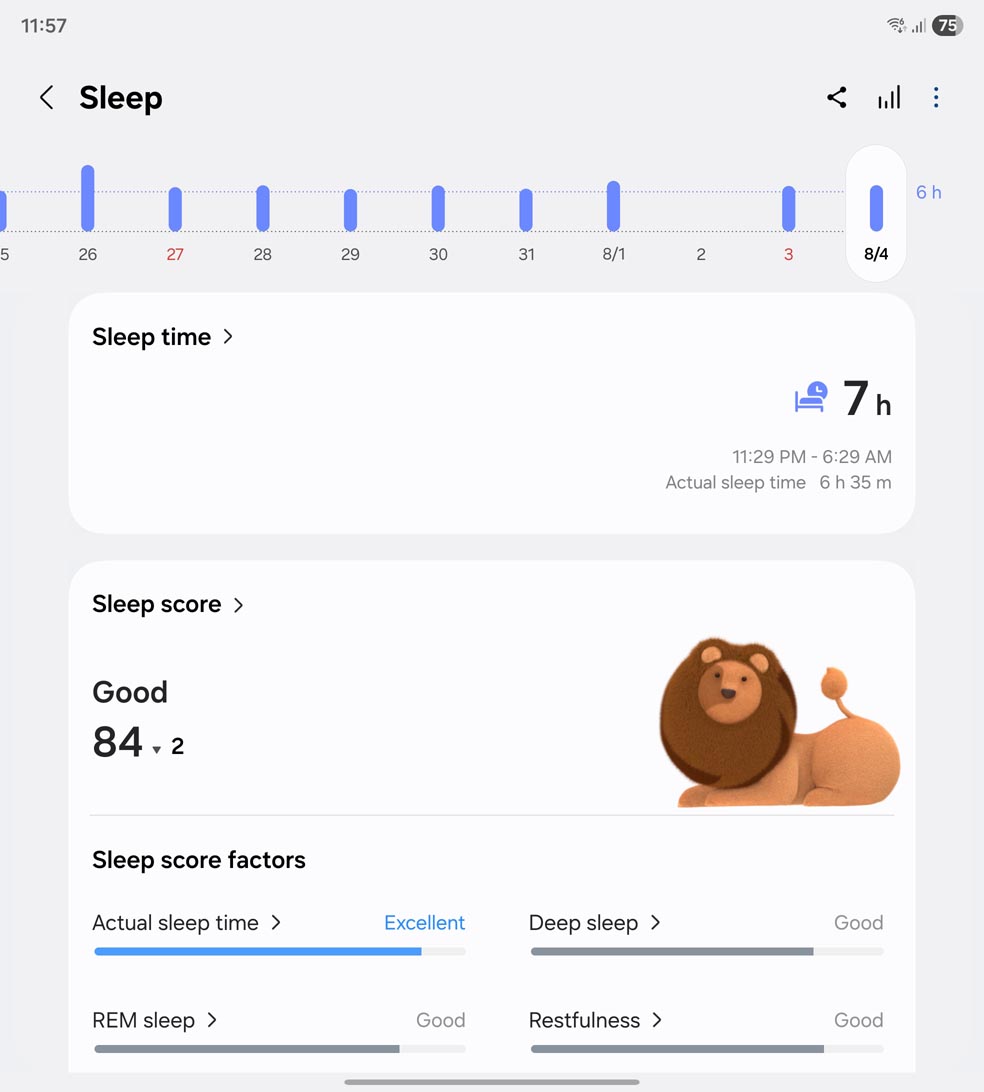
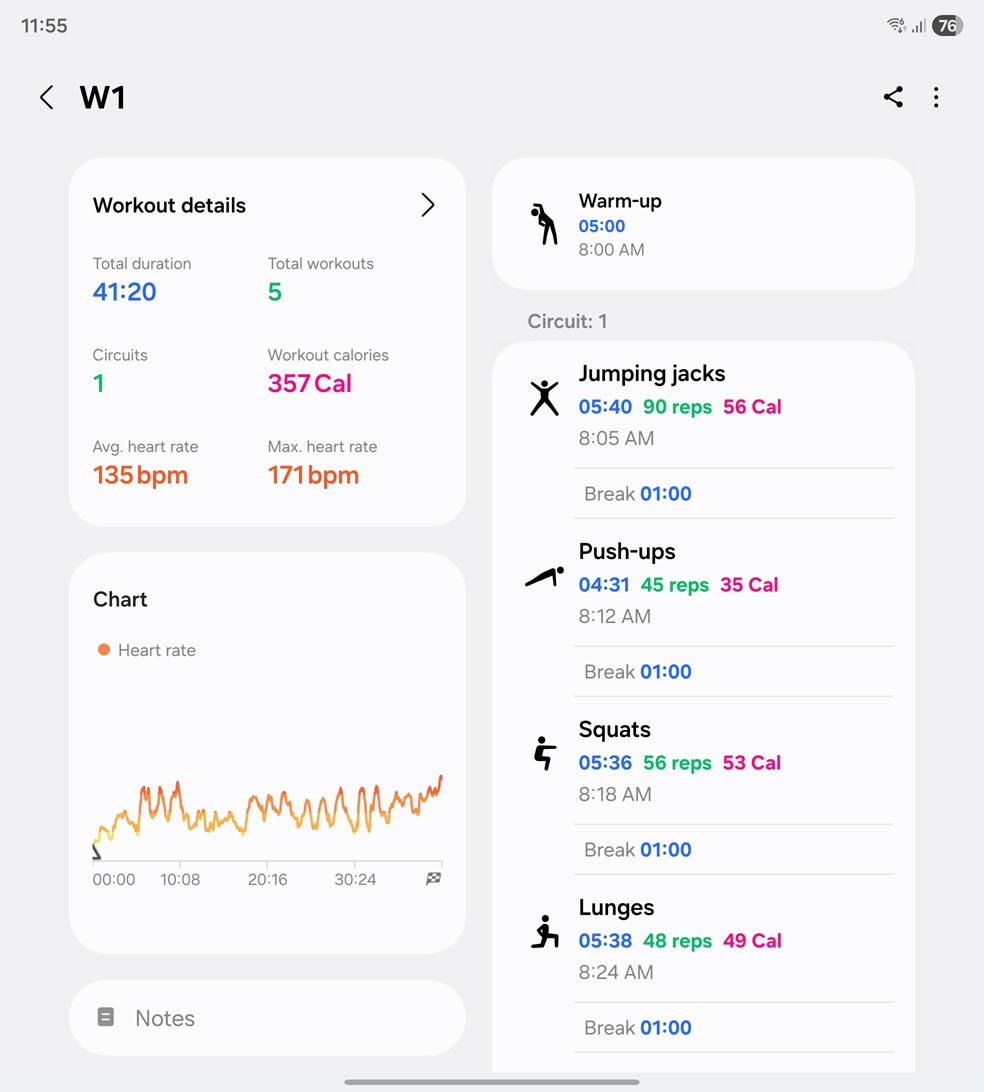

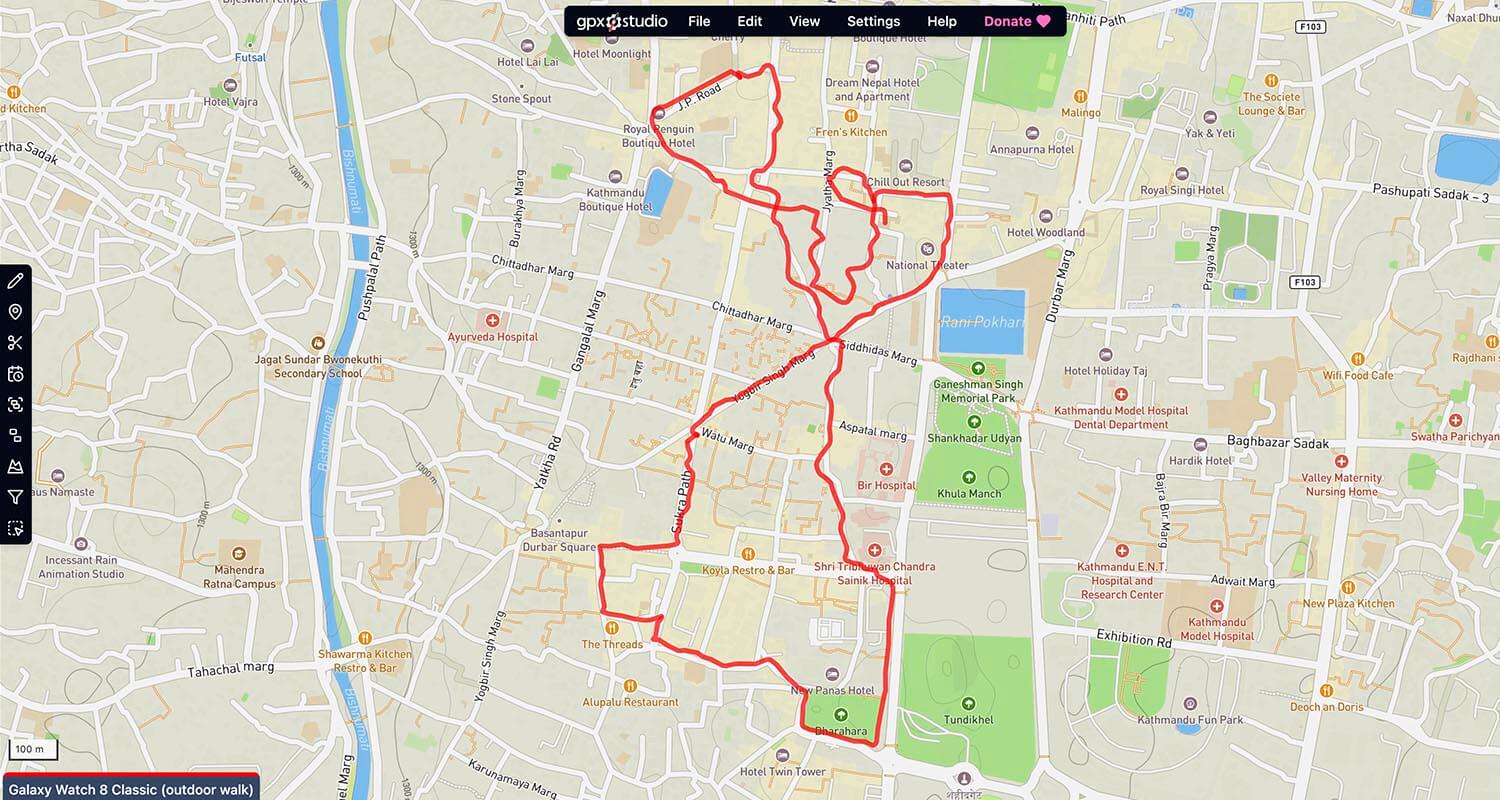
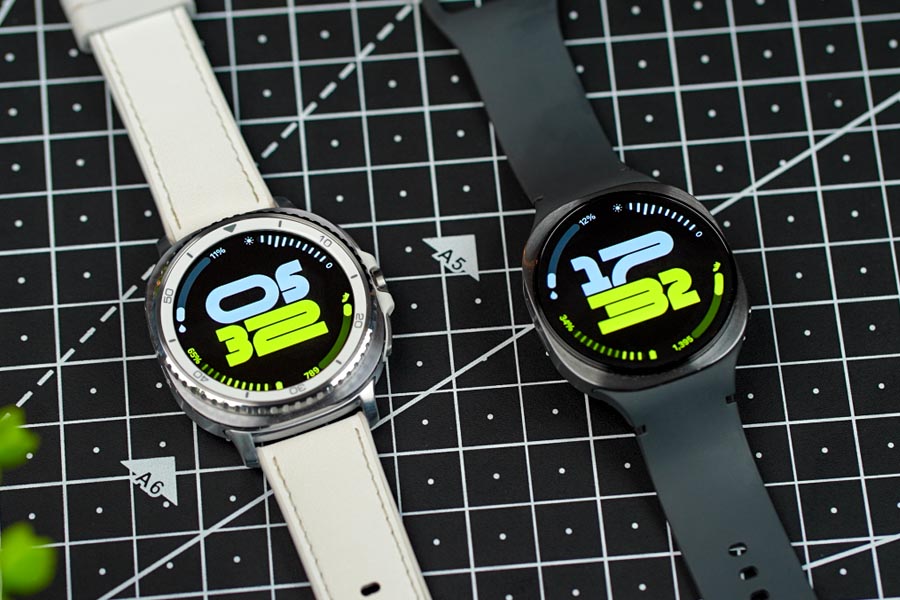
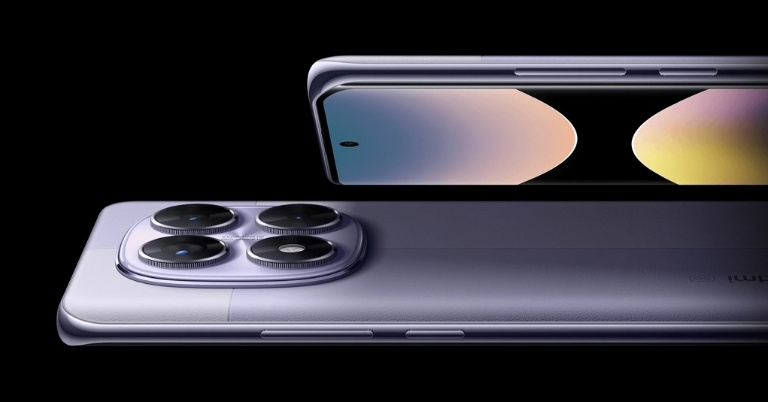


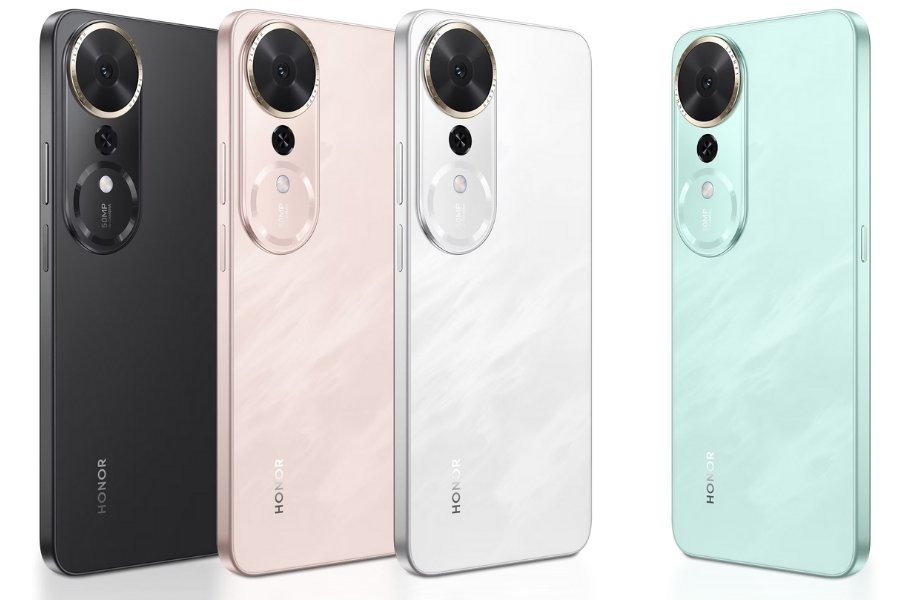

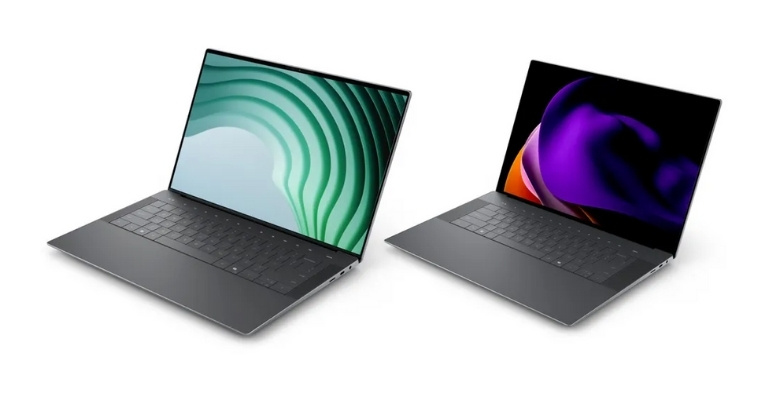
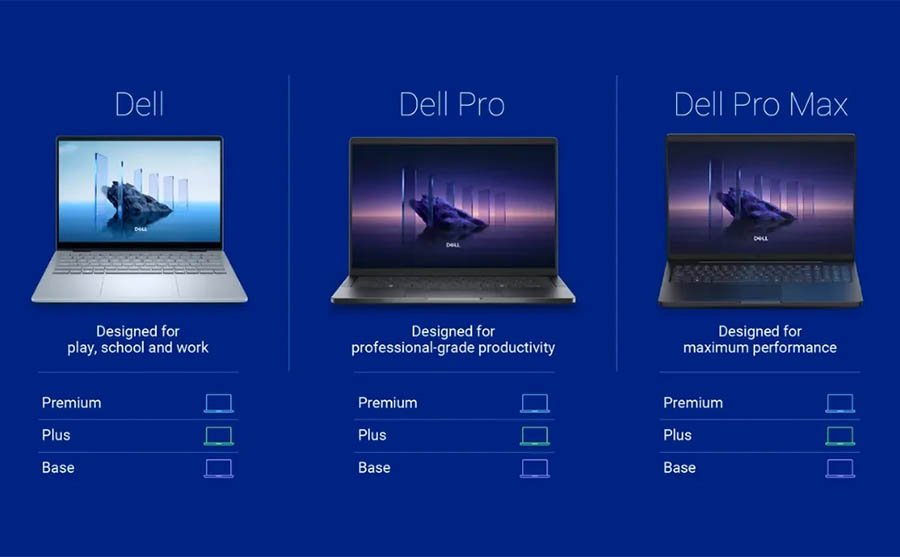
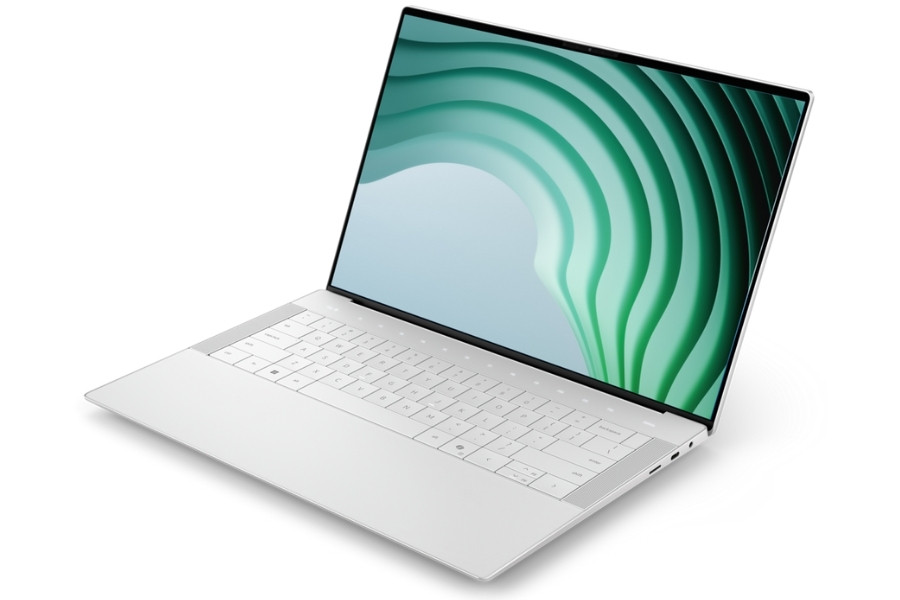
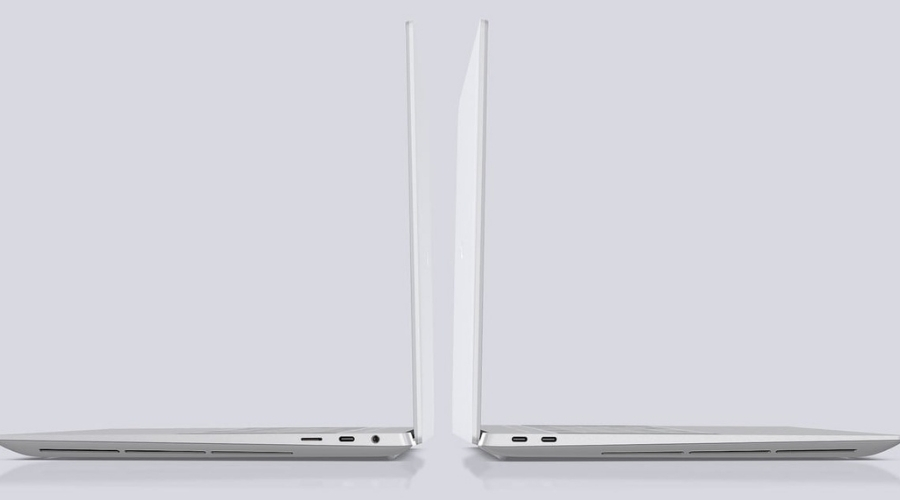
![Best Budget TWS Under Rs. 3,000 in Nepal [Updated] Best Budget TWS Under Rs. 3,000 in Nepal [Updated]](https://cdn.gadgetbytenepal.com/wp-content/uploads/2023/12/Best-Budget-TWS-Earbuds-Under-3000-in-Nepal.jpg)

